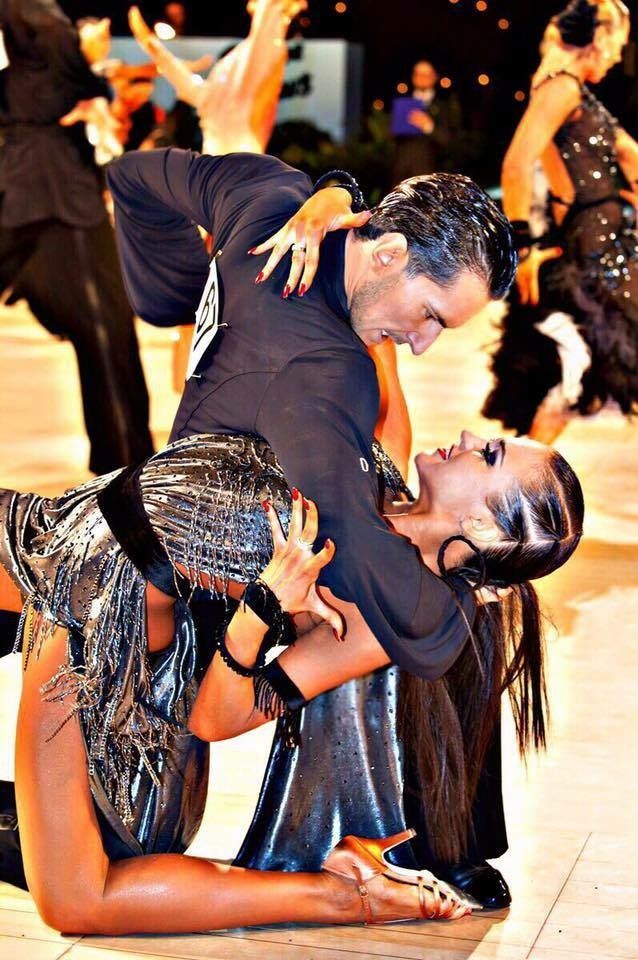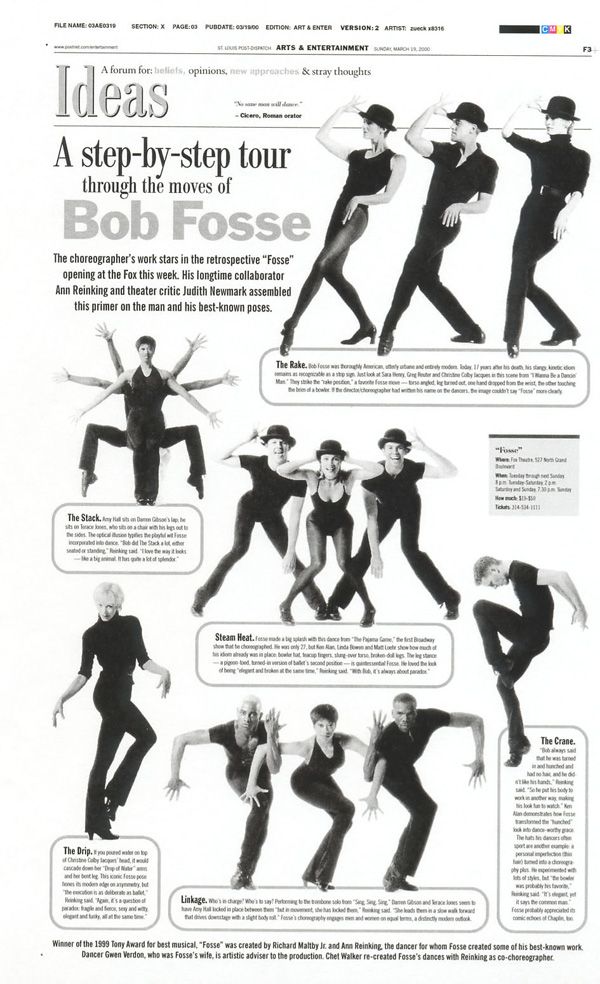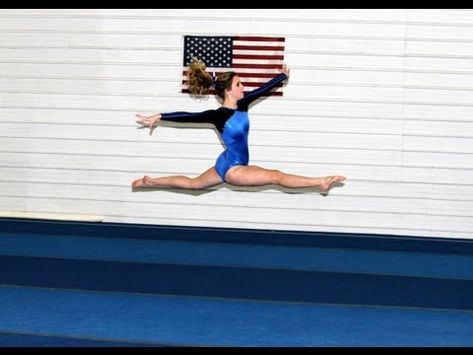How to become a professional ballroom and latin dancer
How to Become a Professional Ballroom Dancer: The Hard Truth
How to become a professional ballroom dancer? If this ordeal was too easy, then we should not have written about it, right?
As much as we want to make this as simple as possible, that is not really the case.
In fact, people who really dance still fail to become a professional dancer even though they did all the work.
It truly takes a lot of your time, effort, and yes, even money.
The sad thing is, even after all of that, it is still not assured that you get to be a professional ballroom dancer.
Nevertheless, if you are really serious about taking this route, then you can read up on some of the tips that we can give you.
Along with those tips are hard truths about professional ballroom dancing.
Table Of Contents
- How to Become a Professional Ballroom Dancer
- 1. Joining Competitions
- 2. Teach Ballroom Dancing
- What Are the Steps to Take
- 1.
Find a Mentor
- 2. Take Training Seriously
- 3. Invest in Your Gear
- 4. Find a Partner
- 5. Win Competitions
- 1.
- Conclusion
Note: We hope you love our articles! Just so you know, as an Amazon Associate, we earn from qualifying purchases. Thank you if you use our links, we really appreciate it!
How to Become a Professional Ballroom Dancer
In general, there are two ways on how you can be a professional dancer.
The first one is to rise from the bottom meaning join a lot of ballroom dance events such as showcases and competitions to earn your stripes in the industry.
The other way is for you to join a dance studio and share your craft.
Let us briefly discuss each method.
1. Joining CompetitionsThis is the usual route that dancers take in order to brand themselves as professionals.
Surely, who will ever contest your dancing level if you can shove your numerous trophies on their faces?
However, this method is arduous to do.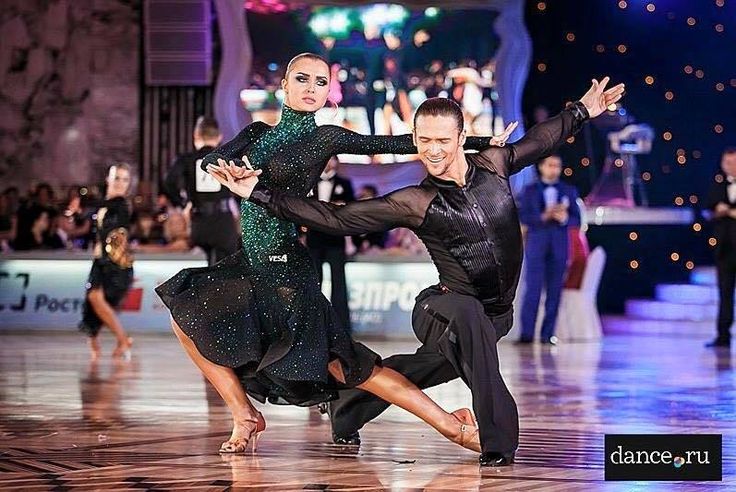
Of course, you should be trained and have a good dancing partner first before you can compete in a competition.
At the same time, you cannot just enter a competition that is prestigious.
You first have to gain wins in smaller contests so that you have the right experience to join a professional competition.
Not only that, just entering a competition will not qualify you as a professional.
You actually have to win.
2. Teach Ballroom DancingView this post on Instagram
A post shared by Dancesport Life (@dancesportlife) on
This method is highly criticized by people because almost anyone who at least has the training and the proper funds to open a dance studio can easily be called a professional.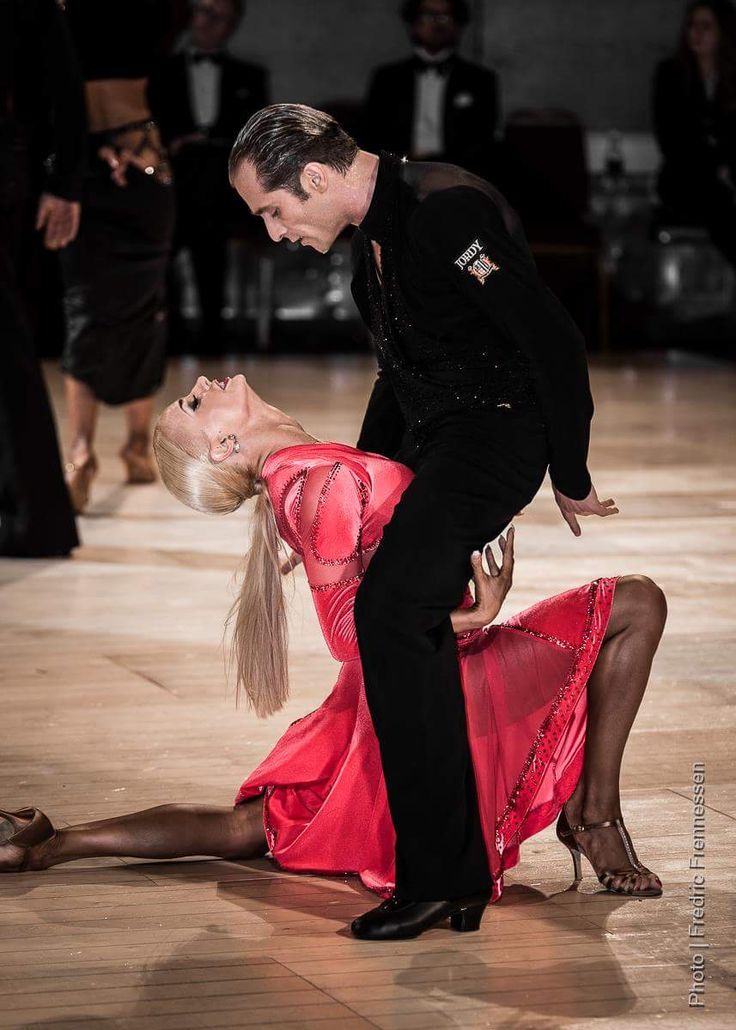
But if you want to take this route, then you should do it right.
Make sure that you have proper certifications, years of dancing experience, and even at least a handful of competitions that you won.
Keep in mind that dancing as a professional is just like any other job, you have to prove and improve your skills consistently.
You really cannot claim that you are a professional ballroom dancer if you just learned one routine at home, right?
At the same time, to keep things looking professional, you should have at least a designated place where you can teach dance, as well as the right equipment.
[RELATED: Is Ballroom Dancing a Sport or Just a Form of Art?]
What Are the Steps to Take
There are really no catch-all strategies on how to become a professional ballroom dancer, but you have to start somewhere, right?
Here are the steps that you can follow to guide you through your professional dancing journey.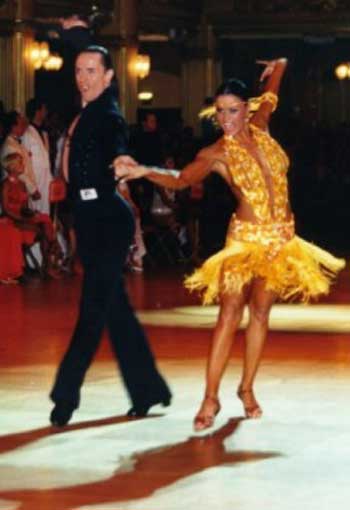
By mentor, we do not mean someone who loves to dance.
We are talking along the lines of an already professional dancer.
Where can you find them? In a dance studio, of course!
This means that you should really enroll yourself in a ballroom dancing course.
More often than not, your dancing teacher can also be your mentor.
Why is this important?
It is because your mentor can also be your connection to competitions.
Not only that:
They would have already won a lot of competitions, so they can give you expert tips on what you can do to at least qualify in a competition.
2. Take Training SeriouslyThe Balanced Dancer
@balanceddancer
Just keep dancing... Love, @balanceddancer #dancer #dancecoach #dancementor https://t.co/IAJ2QWtY7u
6:07 AM · May 4, 2016
If you really want to make dancing as your profession, you have to devote every single waking moment to master your craft.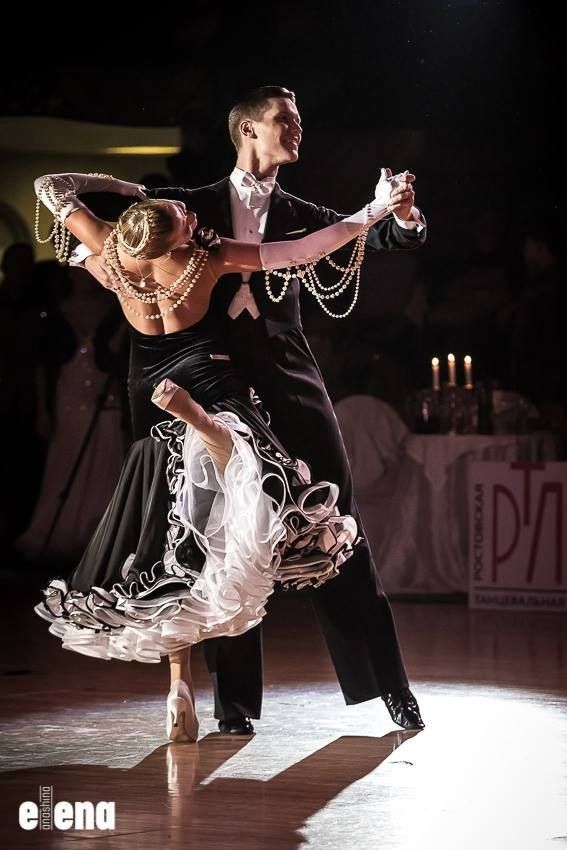
This can be truly challenging especially when you have a day job, so you have to manage your time wisely.
It is good to keep a dancing journal so that you can keep track of your progress.
If by this time, you already have a mentor, he or she can tell you where you can improve and what type of dance you are good at.
In addition, you also have to do your own research work on studying those dances and even the people who are good at it to gain some inspiration.
[READ: Where Can You Learn Ballroom Dancing?]
3. Invest in Your Gear
65 Reviews
Very Fine Women’s Delphine Ballroom Salsa Latin Tango Waltz Dance Shoe, Flesh, 7.5
- For women who desire to look, feel and be their best. You will love the way Very Fine Delphine Dance Shoes…
- From the exquisite glittering crystals to the memory foam heels. The Delphine was designed to wrap you in a…
Last update on 2022-11-04 /Affiliate Links / Source: Amazon
Going the ballroom dancing route is not cheap.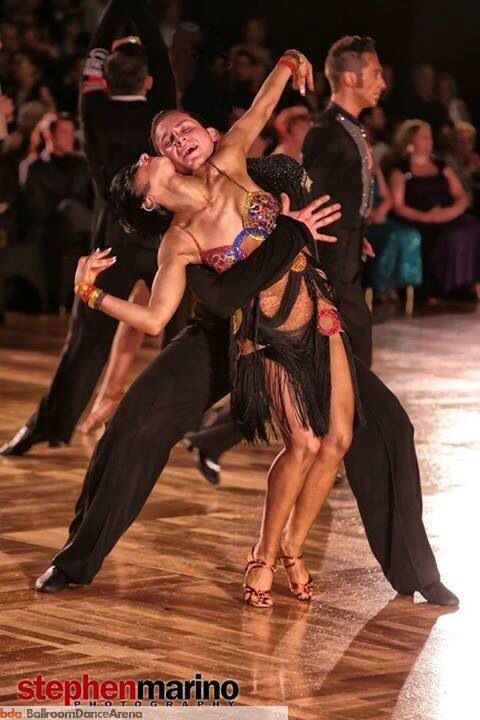
You have to get the right shoes and even the costumes, not to mention your dancing studio fees.
On top of that, there are also miscellaneous expenses like props, medicine (for when your whole body aches), etc.
You also should be following a strict dancer diet, so this will also add to your expenses.
Usually, you need protein drinks and other food that will not make your body retain too much water as you really cannot dance appropriately if you are bloated.
4. Find a PartnerObviously, you cannot do ballroom dancing alone.
You have to find a partner, but not just any partner: a partner that you will be perfectly in sync with.
This might sound cheesy, but you and your partner should really view yourselves as one when you are dancing.
A lot of professional dancers fail to win competitions because they do not have the right partner.
Therefore, be really strict in choosing one.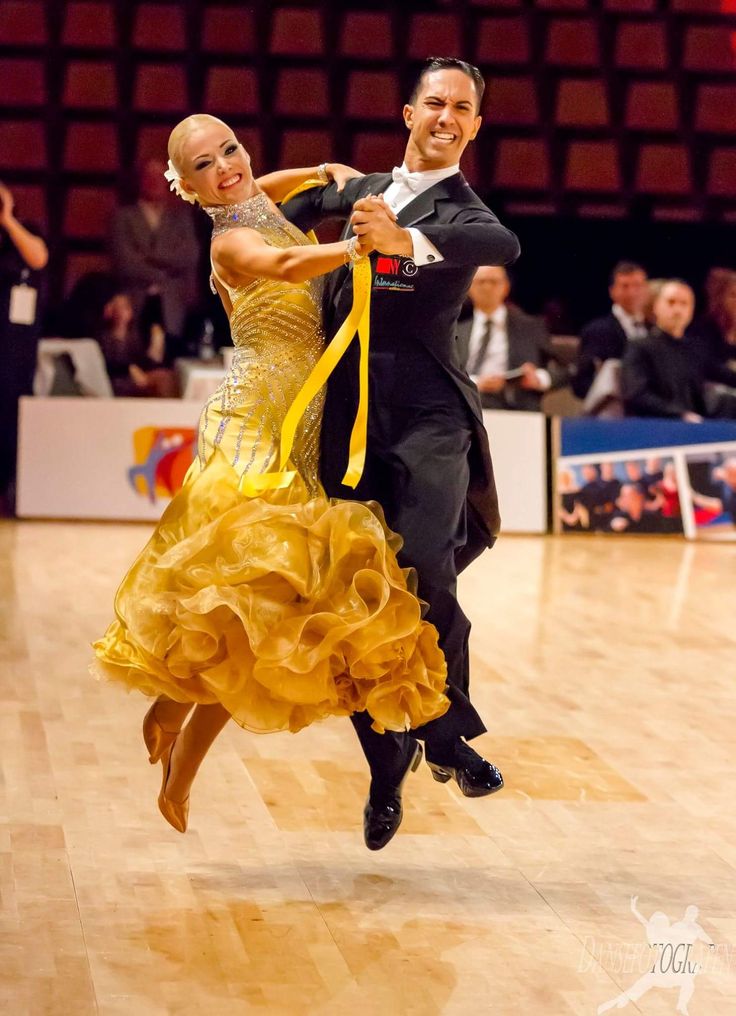
Make sure that you love the same dances, have the same goals, and that both of you are very comfortable working with each other.
A good setting for romance?
Not quite; it is best to keep things professional.
5. Win CompetitionsThere is really no easy way to say this, but unless you have won at least one competition or at least qualified in a prestigious one, all of your hard work will not be recognized.
Hence, just do not give up and keep on joining competitions and maintain a winning streak.
If you do so, not only do your peers will take you seriously, but you will view yourself as worthy to be called a professional ballroom dancer.
Conclusion
In order to become a professional ballroom dancer, you have to sacrifice a lot of things.
Even after those sacrifices, it is not still assured that you end up being a professional dancer.
Therefore, just keep at it, and all your hard labor will soon bear fruit (or trophies!).
If you ready to start your dance journey and fun contact your nearest dance studio for more information.
Share the Love!
Read More About Learning How to Dance Ballroom
- Easiest ballroom dance to learn for beginners
- How to learn ballroom dancing at home
- Basic ballroom dance steps
- How to become a trained ballroom dancer
- Learn how to dance ballroom (video)
- How to find a ballroom dance partner
- How to ballroom dance
How to Learn Ballroom Dancing at Home: Click “Next Page” Below!
Next Page >
How to Become a Professional Ballroom Dancer & What to Expect
I cannot tell you how many times lately, that people are e-mailing me how their all consuming passion for Ballroom and Latin dancing is now an obsession (as well as now beyond their budget, life savings and second mortgage). So they want to dedicate their lives to dancing and become a Professional Dance Instructor… Oooh, the prestige, the glory, the dancing! And they pay me to do it, is not this great?
Hello!!! Wake up Call.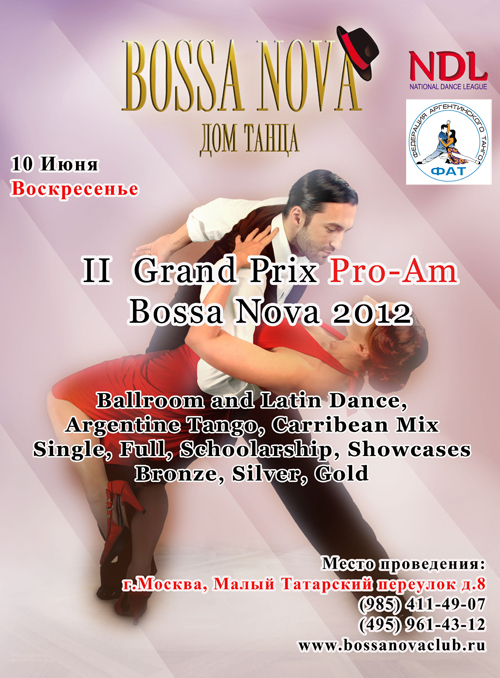 If you ever thought this was what you wanted, read the rest of this article before you decide. It can save you a lot of time and heartbreak, as well as help guide you in a solid course of action and the required actions to take to make a living at it if it is truly for you.
If you ever thought this was what you wanted, read the rest of this article before you decide. It can save you a lot of time and heartbreak, as well as help guide you in a solid course of action and the required actions to take to make a living at it if it is truly for you.
Sadly, most people who have no idea what they are truly getting themselves into. I will outline what seems to be the general scenario I have heard from those who’ve asked advice on this matter. I will follow that with the four biggest reasons and/or misconceptions people have about becoming a Professional Ballroom and Latin Dancer.
An Aspiring Professional:
“I’ve been a student xxx years at the XYZ Studio, and I do several competitions a year. I feel I have all the talent needed, and I love it with all my heart. I would love to make this my profession so I could do what I love and get paid for it.”
Man Who has Been There:
First of all, an aspiree thinks that someone is going to just train and pay you to be an incredible dancer for years? Not likely.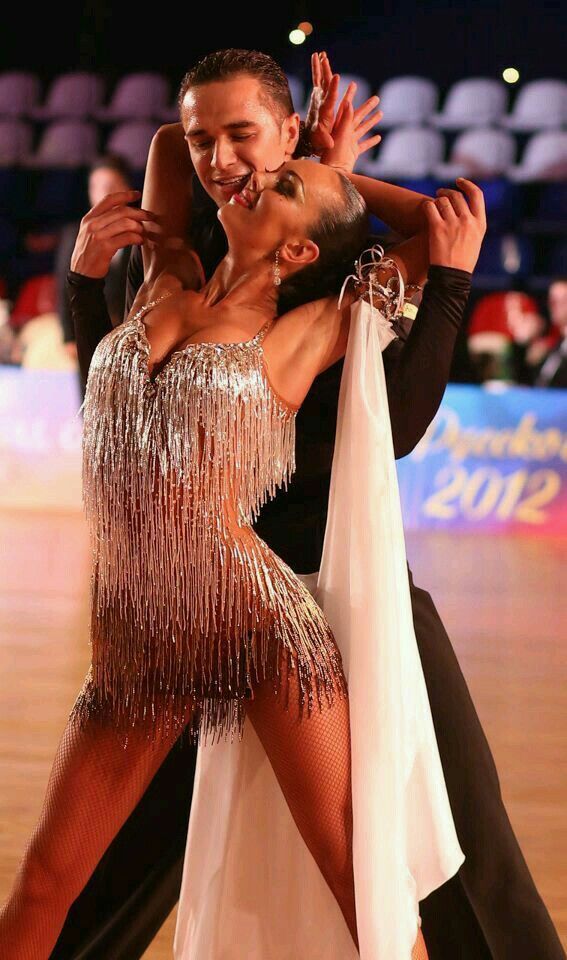 First, they want something back, which is for you to sell lessons; and they are not always that concerned about how you make the sales, so long as they keep coming in. Often this is something that over time causes you to eventually compromise your integrity. I will say no more on that issue.
First, they want something back, which is for you to sell lessons; and they are not always that concerned about how you make the sales, so long as they keep coming in. Often this is something that over time causes you to eventually compromise your integrity. I will say no more on that issue.
Second, training in this business is like being in a witness protection arrangement. You only get a free ride for the intro, then you’re on your own. The better you are, the more a threat you are to Dance Studio owners’ clientele and business. I know, you say “no, I’d sell more lessons by being a better dancer and knowing more”. But, the Big Business sees you as someone good enough to get a job at the competitor’s studio with their hard paid training. Taking their client base of students with you (so you have to see their point too, especially because it does actually happen more often than you can imagine.
Second, if you started as a student, and have been one for 2 or more years, the odds are this isn’t for you.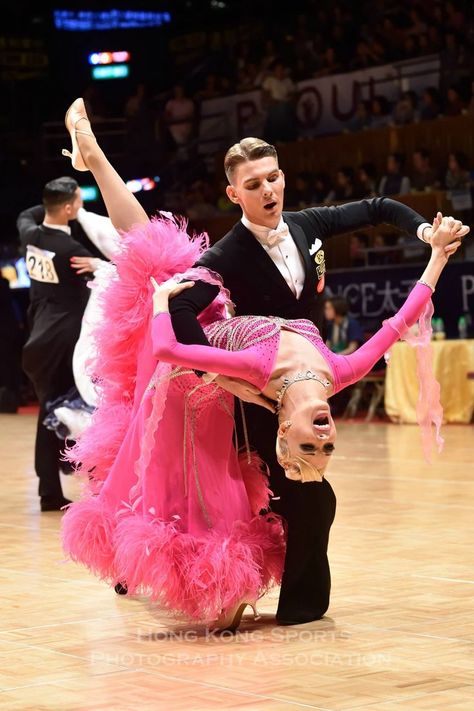 Teachers can be spotted from the beginning of their training and are generally natural to the dance. There are exceptions, but rarely. Students also over time develop a “student”mentality that is seldom overcome. You just never get comfortable with the numbers (dollars). To you it’s still “WHAT! $4,000!?!?” but to someone who has what it takes to make a living at this, that cost is nothing in comparison to what you will get in exchange for it, and they can tell you enough to make you believe it’s worth it. If you’re that second guy or gal, this gigs for you. If the dollars freak you out, you won’t last even two months there.
Teachers can be spotted from the beginning of their training and are generally natural to the dance. There are exceptions, but rarely. Students also over time develop a “student”mentality that is seldom overcome. You just never get comfortable with the numbers (dollars). To you it’s still “WHAT! $4,000!?!?” but to someone who has what it takes to make a living at this, that cost is nothing in comparison to what you will get in exchange for it, and they can tell you enough to make you believe it’s worth it. If you’re that second guy or gal, this gigs for you. If the dollars freak you out, you won’t last even two months there.
Third, realize that you will have to teach even if your goal is to dance and perform professionally! This may not be what you imagined, nor what you are necessarily apt towards. I will explain. I know many instructors who are truly magnificent dancers, many of whom I’d once envied greatly. However, they did not have an ability to impart that knowledge easily and in a fun way.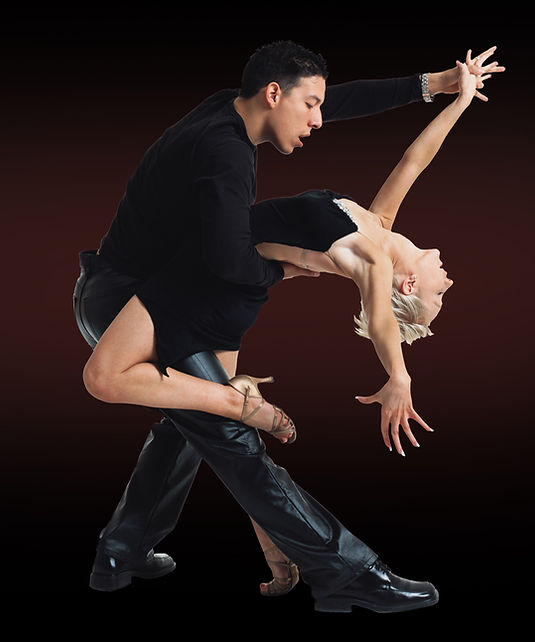 Needless to say, those kind don’t last long. If you have to teach, you have to teach well. I am not the greatest technician in dance, I certainly don’t have the most impressive lines or perfect form, but I love what I do, I care about my students and about taking care of their dance needs, and most importantly I have an ability to teach! This is crucial to earning an income and getting to your goal down the road. Also, as a teacher, you spend most of your time working on other people’s dancing, and little on your own.
Needless to say, those kind don’t last long. If you have to teach, you have to teach well. I am not the greatest technician in dance, I certainly don’t have the most impressive lines or perfect form, but I love what I do, I care about my students and about taking care of their dance needs, and most importantly I have an ability to teach! This is crucial to earning an income and getting to your goal down the road. Also, as a teacher, you spend most of your time working on other people’s dancing, and little on your own.
Finally, if you take no heed to the warnings above, or just feel you have what it takes in spite of the above, then become very familiar with the guidelines/suggestions below for how to become a Professional Ballroom and Latin Dancer. This lists is not only the safest, but it is also the only realistic way to accomplish your goals. Good Luck from Ballroom Bliss and here we go…
How to Increase Your chances of Success:
1.
Don’t quit your day job just yet. Find and investigate EVERY dance studio, college and night school within 1/2 hour to 45 minutes of your area. Apply for an introductory instructor’s position. Emphasize people skills, love of dance, and years of even freestyle dancing. Most importantly, Enthusiasm!!! That’s what sells and that’s what can get your foot in the door. Most studios need or want part timers for nights and weekends (they don’t have to pay benefits that way) plus that’s the time of heaviest demand student wise.
2.
You’ve got the job, now what? Practice, Practice, Practice. Learn what you are taught, imitate what you see both in movement, and in instruction technique. These are what you will take out on the floor with you on your first lessons. In time, you will develop your own style and personality in instruction, for now just be patient above all else, especially with your students and with teaching. The biggest single mistake new instructors make is teaching too much too quickly.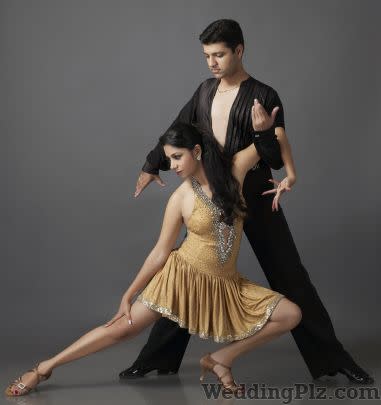 Remember this is a muscle memory, a movement is learned through the repetition. Do not rush to move on just as soon as your students have the rough idea. These are building blocks that your students will need to develop, and thus grow in confidence with you, and buy more lessons from you. IT is a vicious cycle, I know.
Remember this is a muscle memory, a movement is learned through the repetition. Do not rush to move on just as soon as your students have the rough idea. These are building blocks that your students will need to develop, and thus grow in confidence with you, and buy more lessons from you. IT is a vicious cycle, I know.
3. The 4 Steps to a Perfect Lesson:
A. Preparation – know the material you are going to show and know it well (know both man’s and woman’s part!).
B. Presentation – know how you will introduce and breakdown the steps to the student. The introduction is referred to as “selling the sizzle”, while the breakdown is the actual way you demonstrate to the student how to perform the step.
C. Application – apply what you have learned. Practice over and over with the student and let them do some by themselves.
D. Check the results – this is where you fine tune anything out of what, and show the student their progress in the step.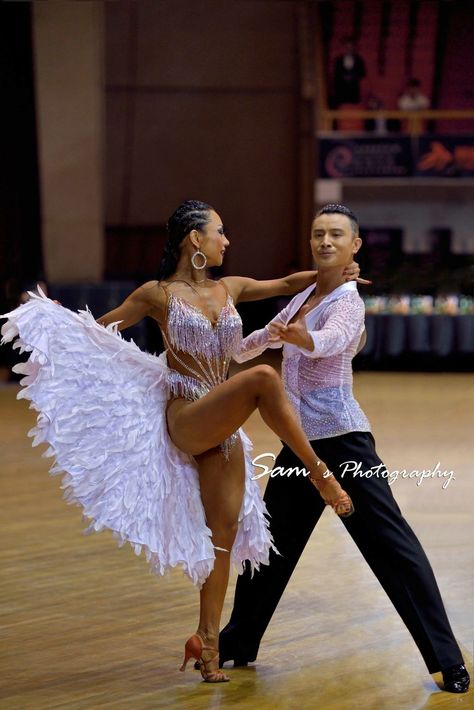
4.
How to Sell – believe in what you provide, listen carefully and always to what your student truly wants. Do everything possible to give your student what they want (within reason), explain patiently what it will take to achieve their goals, and let them know over time what services you can provide. This usually has them wanting to buy as opposed to you trying to make them buy.
5.
I sold a few dance packages, now what? Now you continue to follow steps one through three for about 6 months, building your base clientele. This core group will be your paycheck, as well as be your most likely prospects to start getting you into competing (although it will be with your students for the first 3-5 years on average). Take advantage of this time to advance your training on your own by taking coaching with top pros who the studio invites in, well worth the money and saves months of work and time. Also spend it scoping out prospective future professional dance partners.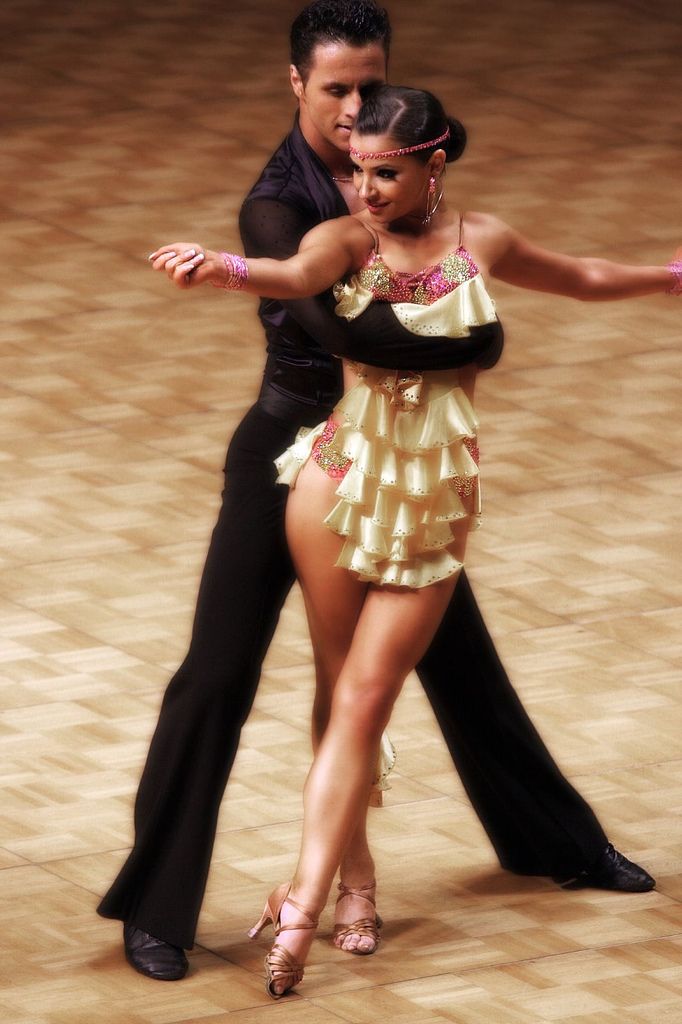 This is often a long search so start as early as possible.
This is often a long search so start as early as possible.
6.
Pro/Am Competitions – get your students involved in comps. The more practice you get in these, the more comfortable you will be competing as a professional with another professional. I cannot help in how to get them to go, your own style and integrity will guide you over time. Doing at least 3, preferably 5-6 comps a year if your studio permits. This goes on with your teaching from above for about 3-5 years at about 24-30k full time, 19-24k part time (really hustling though).
7.
You found another Pro! – now decide whether you’ll compete International or American Style, then whether you’ll dance smooth, or rhythm category (nobody truly masters them both at the same time). Begin getting coaching and choreography from the best judges, and coaches available. You are much more likely to be scored by judges you’ve worked with than people whom the judges have never seen before.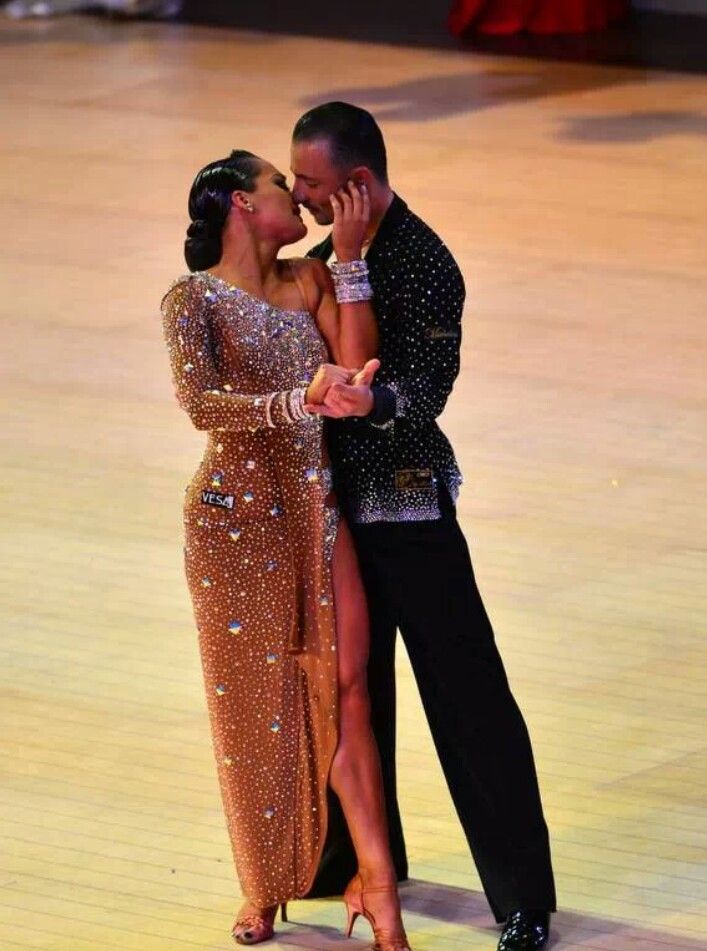
Work for about 1-2 years on the routines and begin competing in every comp you can. You will pay your dues for a while, not even making a final your next year to 3 years after that. The next several years you should begin to start placing and making moderate income ($100 to $1000 per comp) from the professional prizes. Unfortunately, this usually does not even cover your expenses. That’s why you still need to teach. Your students pay your expenses in their markup price. They are all aware of it, even if only subconsciously.
8.
We’re winning Pro Comps, now what? – Hopefully, while you were working your way up, you were also making connections along the way; working with every judge and top coach/competitor possible, and mingling with the owners of the more prominent studios at the various competitions. These studios are your future bread and butter. Once you’ve established your credentials, you can now judge events and go around the country coaching other professionals, as well as students with their instructors.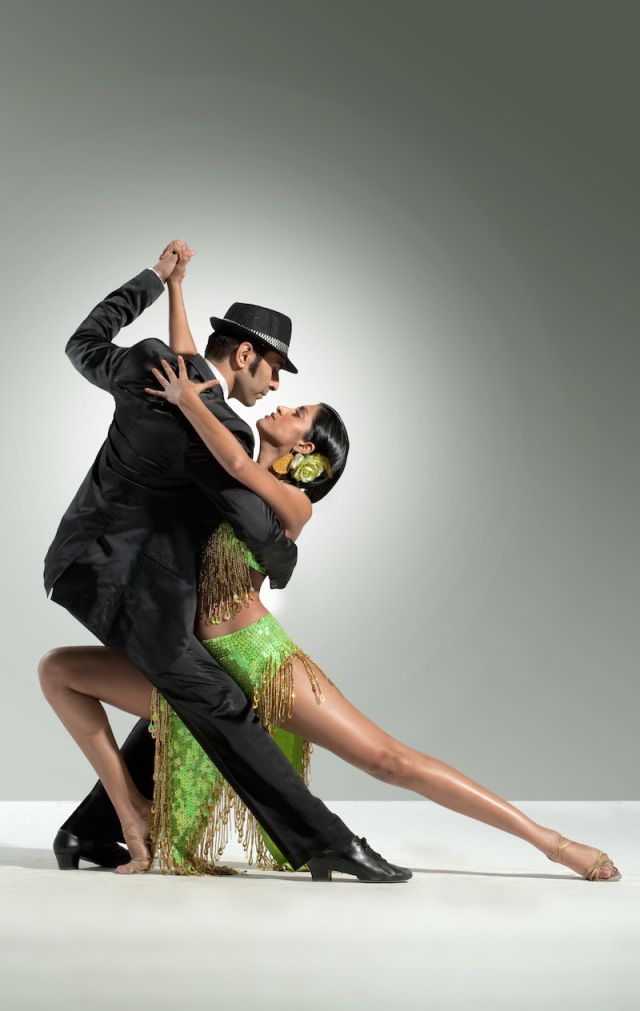 You can also do Professional Exhibitions. Often, you end up doing a combination of all three for a studio. This type of consulting is the only truly attractive financial opportunity in this business (unless you can afford to open your own studio, or organize your own competition).
You can also do Professional Exhibitions. Often, you end up doing a combination of all three for a studio. This type of consulting is the only truly attractive financial opportunity in this business (unless you can afford to open your own studio, or organize your own competition).
Hopefully this has been helpful as a basic guide to making a living in the ballroom and Latin dancing profession. Written by By Christopher Pilarchik, a 12 year Ballroom Dance Professional.
Author’s Email: [email protected]
Author’s Notice: This is a guideline only. It reflects the opinion only of myself and is based upon what I have seen and experienced in my 12 year career as a Ballroom and Latin Dance Professional.
Like this:
Like Loading...
This entry was posted in Ballroom Dancing Lessons and tagged becoming a ballroom dancing pro, becoming a ballroom dancing professional, How can I beome a Professional Ballroom Dancer, How difficult is it to become a professional ballroom dancer, how to become a professional ballroom dancer, What it is like to be a professional ballroom dancer.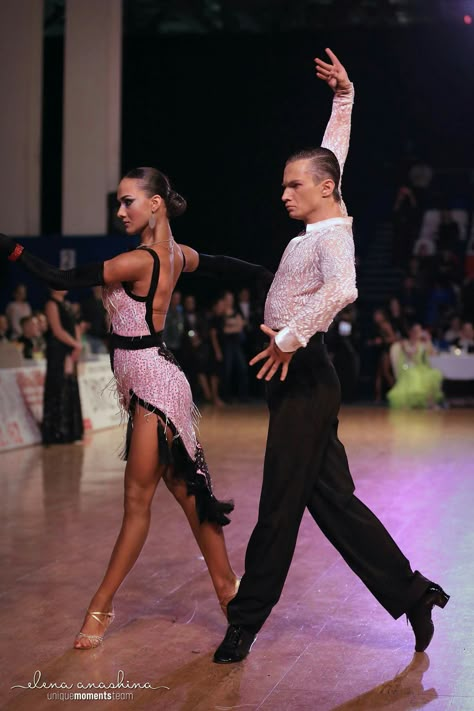 Bookmark the permalink.
Bookmark the permalink.
I want to dance. 10 misconceptions about dancing
The desire to learn how to dance is natural and natural in the modern world. You can list the reasons, starting with obvious and popular pragmatic desires, for example, to start moving or losing weight, ending with unconscious and even existential ones.
This is due to the fact that dances are at the subtle intersection of the inner and outer worlds, physical and spiritual. Above this, music becomes a driver that cannot leave anyone indifferent.
In dancing, there is magic inside a person, which is not always noticeable when viewed from the side. At the initial stage, it is the external picture that attracts to dances, and sometimes repels, as it seems too frivolous and superficial.
But there are even stronger obstacles that stop many people from starting dancing. These illusions and delusions roam the minds of the majority, and are often afraid to ask about them directly, or they ask the question about it so often that they are no longer ready to hear an honest direct answer.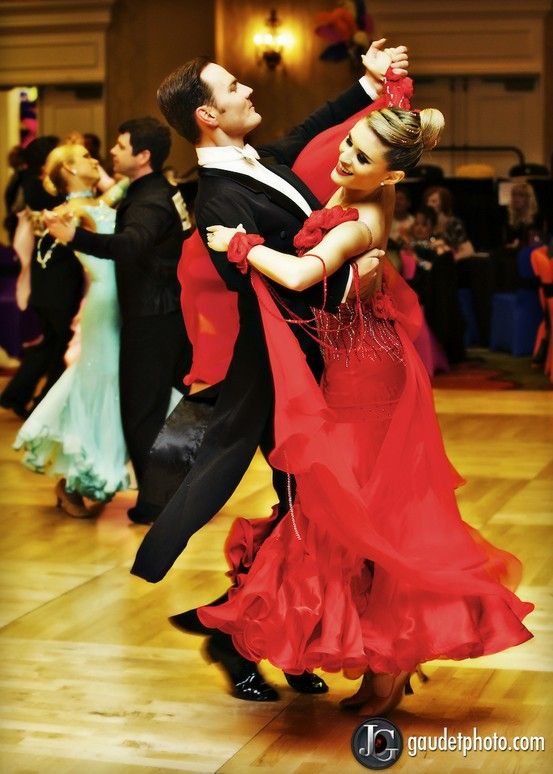 I will try to do it in this article.
I will try to do it in this article.
There are many examples of contemporary dance instructors sharing their thoughts about not expecting to be in the dance industry. Once upon a time there was a man and was engaged in adult, serious business. Sometimes even very serious. A person could have children and even grandchildren. I saw dances only on stage or on TV. For reasons unknown to himself, he ended up in dances. At first, everything seemed like entertainment and a useful pastime. But time has passed, and a person catches himself thinking that he thinks about dancing not just every day, but really all the time. A couple of years pass, and he already becomes a teacher or organizer of some event.
A similar path can start at 15 or 55 years old. The only difference will be in the self-perception of the starting stage, that it’s too late to dance. In fact, for each age there is its own dance direction, which can reveal it to the greatest extent at this stage. Hip-hop or breaking is closer to children and teenagers, and Argentine tango is closer to adults. It's never too late to start dancing. You need to make the right choice of dance style based on several parameters: age, gender, music, goal. There is a dance direction for any arrangement.
Hip-hop or breaking is closer to children and teenagers, and Argentine tango is closer to adults. It's never too late to start dancing. You need to make the right choice of dance style based on several parameters: age, gender, music, goal. There is a dance direction for any arrangement.
Misconception 2: Men don't dance
Our culture has a number of restrictions related to dancing. Most of these causes are psychological and lie outside the realm of rational reasoning.
First, in our culture, in principle, dancing for pleasure or self-expression appeared relatively recently. 20-30 years ago dance clubs were only for children. To start dancing even in adolescence was considered exotic.
Secondly, the aesthetics of the body in our country for men is not in the focus of attention. In general, this can be attributed to the fact that Russian men try hard not to draw attention to their appearance and clothing. Men in our country use other tools for this.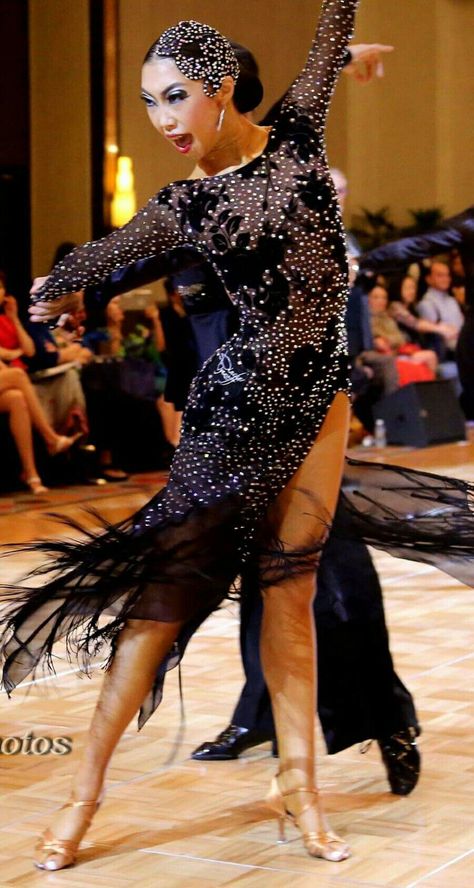
Third, dancing is associated with entertainment and alcohol. If a man feels serious and respectable, then he either has no time or desire for this.
Nowadays the general cultural background has changed and the result is that men are learning to dance. It becomes as much a sign of masculinity as clothing, hair or beard.
Unfortunately, many misconceptions remain even among those who have already started dancing. Dance teachers do not always pay attention to this, as it seems to them that this is a matter of course.
Fallacy 3: special training is needed
For an outside observer, there is always a cognitive dissonance about what dance is. What he sees on the big stage in the form of a show with sweeping movements and splits is obviously dancing. Breakers doing unimaginable elements in the air and on their hands, competing with each other, also seem to be dancing. Pensioners in the park waltz. Dancing again, but for some reason everyone is so different.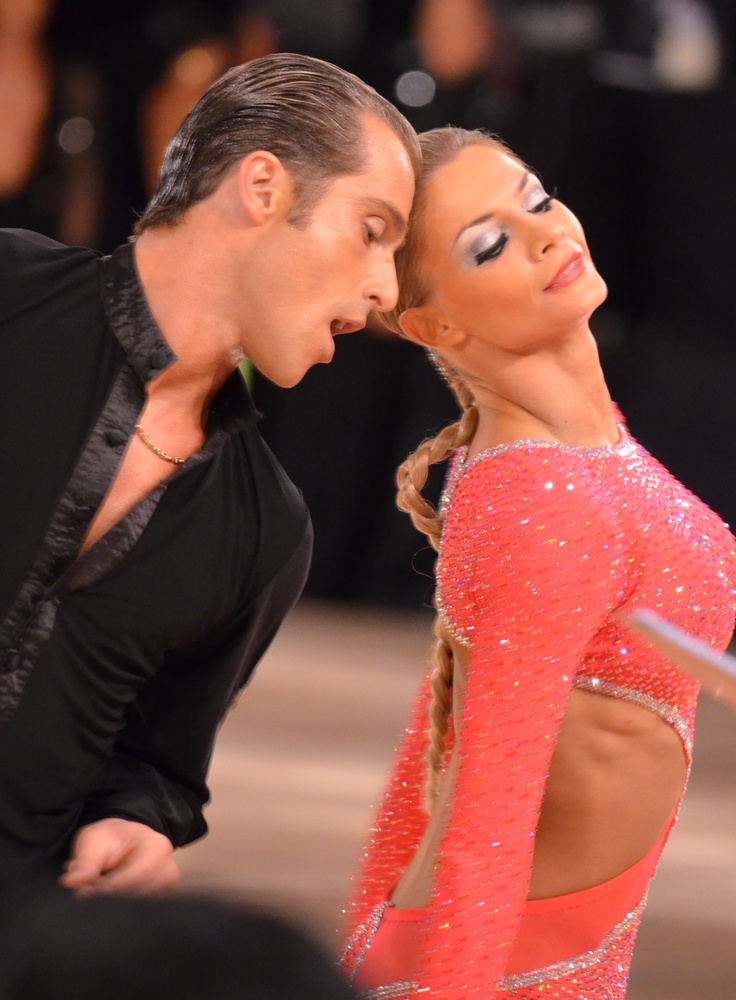 How to understand that this is a dance, and what physical criteria should be in the body.
How to understand that this is a dance, and what physical criteria should be in the body.
In fact, any self-expression through the body to music can be attributed to dance. There are a number of reservations, but they are not essential. For self-expression, a person uses the set of plastics that he has. Subtlety and technique do not depend on extreme ways of self-expression, and it often happens that splits and somersaults interfere with a meaningful dance. The development of plasticity and the expansion of the body's capabilities are part of the preparation of the dancer, but not an end in itself.
Fallacy 4: You must learn to dance in pairs
In couple dancing, the final learning outcome is that the couple dances at a party. It would seem that you should always train together to get the desired result. This is not true. Let's take an example from boxing. An indicator of a boxer's skill is a fight with an opponent, but this does not mean that he constantly has to fight.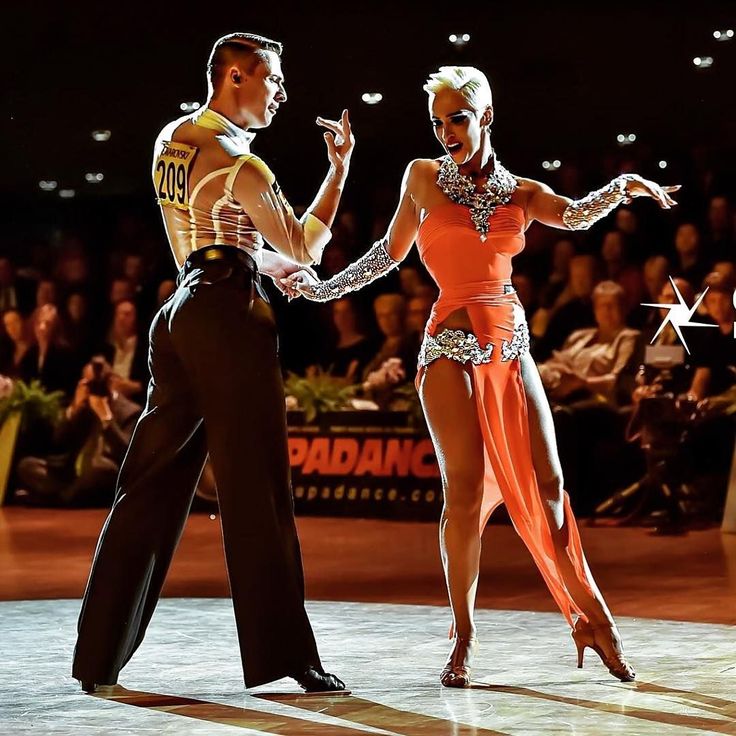 Also, the ability to dance is built on the possession of one's own body and the ability to interact.
Also, the ability to dance is built on the possession of one's own body and the ability to interact.
The skill of the teacher is the correct selection of methods so that the student masters the skill. Based on the skill, you can engage in creativity and self-expression in dance. Not everyone knows, but it is no coincidence that almost all social dance dancers have a serious dance background, which is based on the development of individual techniques.
The same can be attributed to the interaction in a pair. The ability to separate in oneself the one who leads and the one who follows the lead is impossible within the framework of studying the sequence of movements in pairs. For this, there are special exercises that make the skill more versatile. For this, the presence of a permanent couple is not necessary, as well as the regular presence of a partner in general.
IMPORTANT! You can’t experiment at a party, and everything should be in its place there: men dance with women.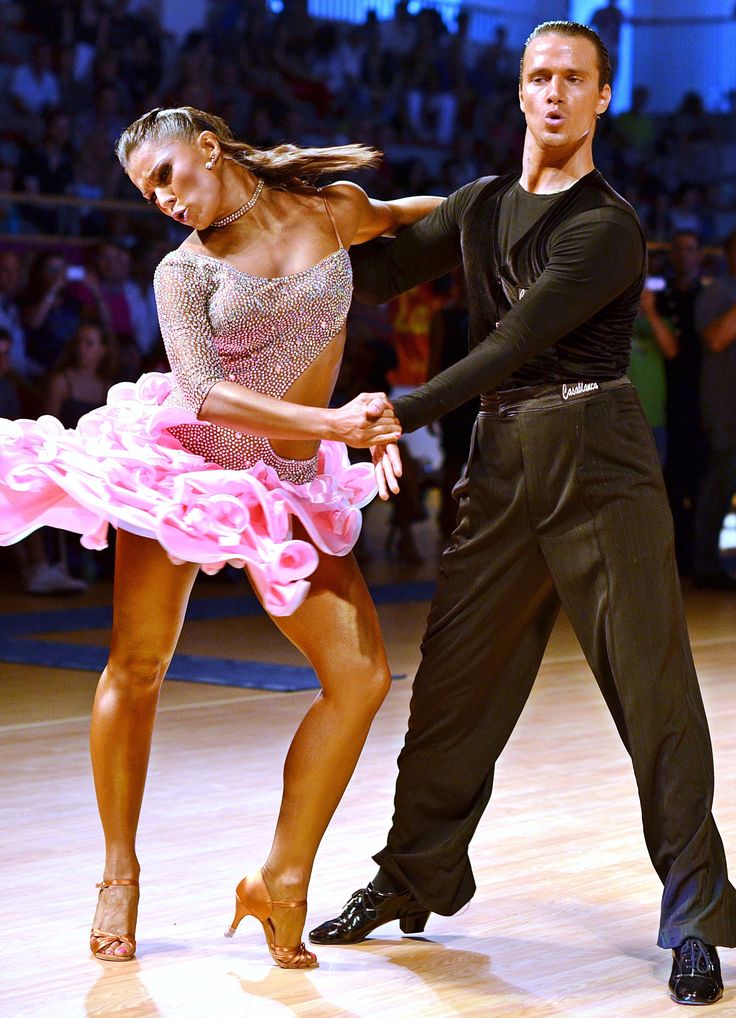
Getting rid of illusions is a complex internal process. If you leave them to yourself, you can even get the opposite result.
Fallacy 5: plastique and stretching are mandatory attributes of dance
Much depends on the genre of dance that you want to master. In previous articles, I have already mentioned that different dance styles are suitable for different ages. It is appropriate to dance hip-hop in adolescence or youth, Argentine tango is a more adult dance, it is important to enter classical choreography at a young age.
The degree of necessary plasticity and sensitivity to the dance direction also correlates. For example, breaking requires great physical effort and dexterity. Elements are built on acrobatics and high speed of execution. Who are they more suitable for? Obviously young people.
There is a lot of interaction in salsa. It is necessary to feel the partner subtly, to be able to show a variety of figures and elements.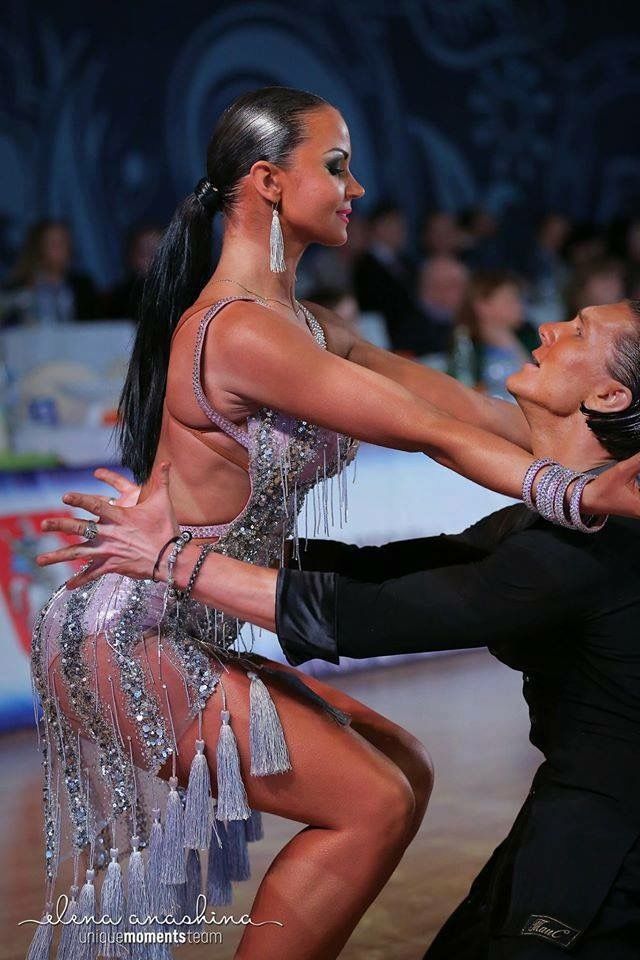 Twine or acrobatics are completely inappropriate here. However, a variety of ways to show oneself are required. Accordingly, the dance is youthful, but not at all childish.
Twine or acrobatics are completely inappropriate here. However, a variety of ways to show oneself are required. Accordingly, the dance is youthful, but not at all childish.
The older the dance, the less stretching or acrobatics is required. The main emphasis is on the quality of technology, the variety of ideas and the ability to show plasticity.
Misconception 6: Mirrors are necessary for learning
There is a set of instruments that dancers use to learn how to dance. The fact is that the dancer needs to receive feedback on how his movements look from the side. It is impossible to dance and see yourself from the side at the same time. The most common tool is a mirror. But not the only one.
Like any auxiliary tool, mirrors have positive and negative effects. The positive is that they can receive feedback in real time and technically it is not very difficult. The downside can be dependence on mirrors. A situation where a dancer cannot capture the feeling of dancing, such as on stage or at a party.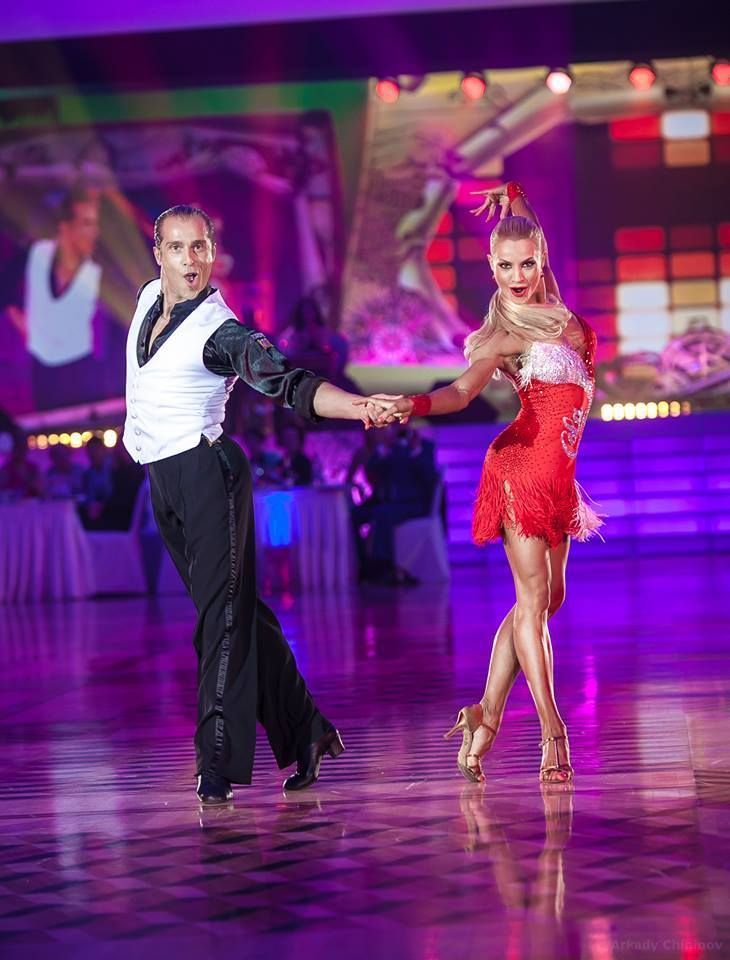 For these purposes, you can use, among other things, video filming or proper preparation.
For these purposes, you can use, among other things, video filming or proper preparation.
In many countries in Latin America, dance classrooms are not equipped with mirrors. Classes are held in bars or large halls. The dancers initially form the skill of focusing on the inner sensation, and not the habit of looking for their reflection in the mirror with their eyes.
Misconception 7: there is a lot of obsceneness in dancing
A common question from novice dancers who are taking their first steps in more contact couple dances is “in order to dance cool, there must be passion inside the couple?”. I immediately answer that no, not necessarily. Kizomba, bachata and Argentine tango attract many with their close contact. Like any other contact in our everyday life, in dances, contact can be different. We hug friends, parents, children. These hugs can wear many different shades. Sexual overtones are one of many.
The culture of dance also includes the boundaries of what is acceptable. A compliment from a well-mannered person is different from a statement about female sexuality by a gopnik. Usually, those who study at a dance school already have an idea of what boundaries should not be crossed. A good dance from a technical point of view will never look vulgar or vulgar.
A compliment from a well-mannered person is different from a statement about female sexuality by a gopnik. Usually, those who study at a dance school already have an idea of what boundaries should not be crossed. A good dance from a technical point of view will never look vulgar or vulgar.
Dancers always have a choice about the boundaries of contact. Most prefer to leave a good impression of themselves, as word spreads just as fast in the dance world.
Misconception 8: the best dancers are the bearers of culture
Even the very question of the origin of this or that dance can be paradoxical and ambiguous, especially when it comes to its development and performance.
For example, the Viennese waltz did not originate in Vienna, but in Germany. Salsa has its main roots in the USA, not in Cuba. The famous Greek folk dance sirtaki was invented for the film Zorba the Greek and appeared only in 1964.
The same can be attributed to the development of modern dance styles.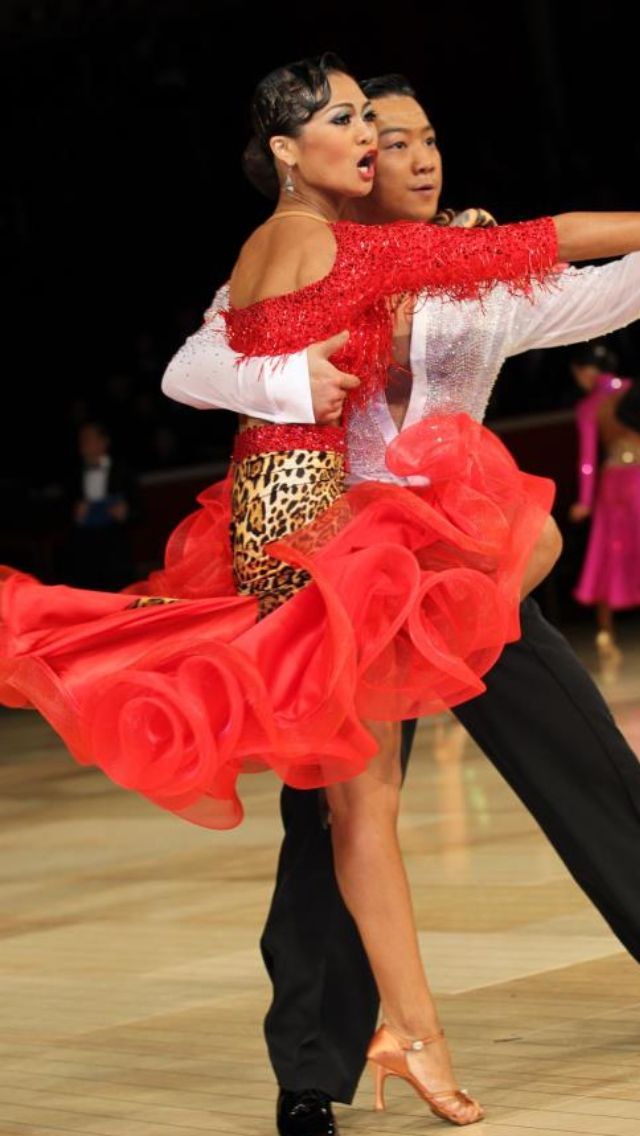 Korea is known for its world-leading break dancers. People go to Turkey for Argentine tango, Spain is strong with excellent salsa and bachata dancers, in Egypt, Russians are considered the best belly-dance performers.
Korea is known for its world-leading break dancers. People go to Turkey for Argentine tango, Spain is strong with excellent salsa and bachata dancers, in Egypt, Russians are considered the best belly-dance performers.
A good dance is based on quality training and diligence. Skin color, place of birth and age are secondary. Exotic appearance, unfortunately, is often a reason to be more superficial about one's own professional development. This becomes the reason for the low level of teaching among the bearers of culture. I am sure that few readers of this post will be ready to conduct a master class in Russian folk dance outside of Russia.
The mastery of mastering and teaching a particular style does not depend on the dancer's homeland. And "they absorbed the dance with their mother's milk" is nothing more than a common misconception.
Misconception 9: You have to know a lot of moves to learn how to dance
Focusing on learning a lot of moves often detracts from the essence of dance.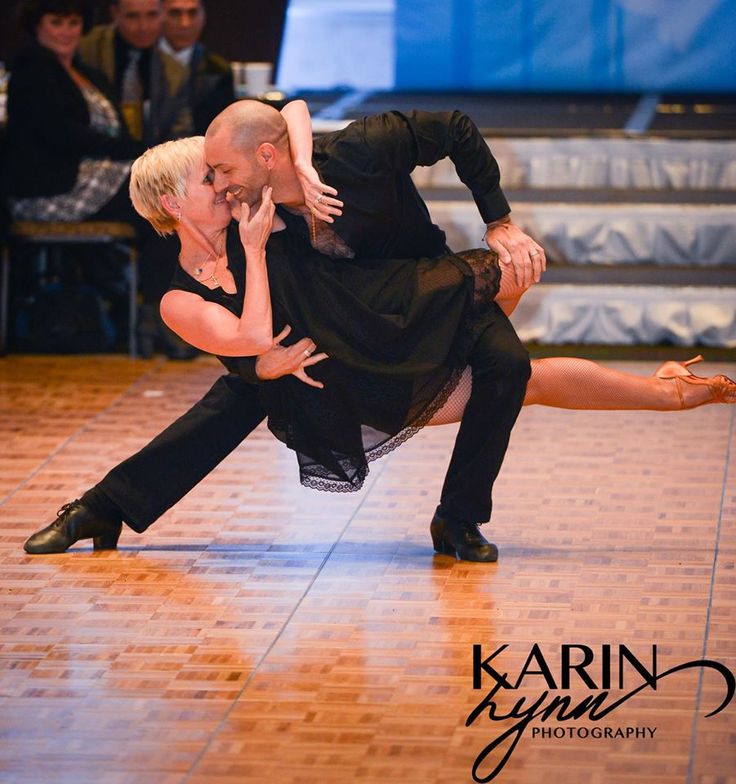 Of course, the sequence of figures is important. Especially at the start. Over time, the dancer should have an understanding of how movements can be generated independently. Accordingly, instead of memorizing millions of figures, you can understand how to create them.
Of course, the sequence of figures is important. Especially at the start. Over time, the dancer should have an understanding of how movements can be generated independently. Accordingly, instead of memorizing millions of figures, you can understand how to create them.
From every system of improvisation that a dancer can use as an instrument, dozens, hundreds or thousands of variations are derived. This frees the head from trying to reproduce the exact sequence and definitely adds freedom in the performance of the dance.
The huge theme of musicality can be attributed to the same question. Not every pre-conceived or learned sequence will fit specific music. The dance should give freedom, and not drive the dancer into the shell of the ropes.
Misconception 10: dancing is homosexual
The unusually high attention to the body and flair from stories about professional ballet led to the spread of this myth, among other things. Unfortunately, such an idea still exists in the minds of our fellow citizens.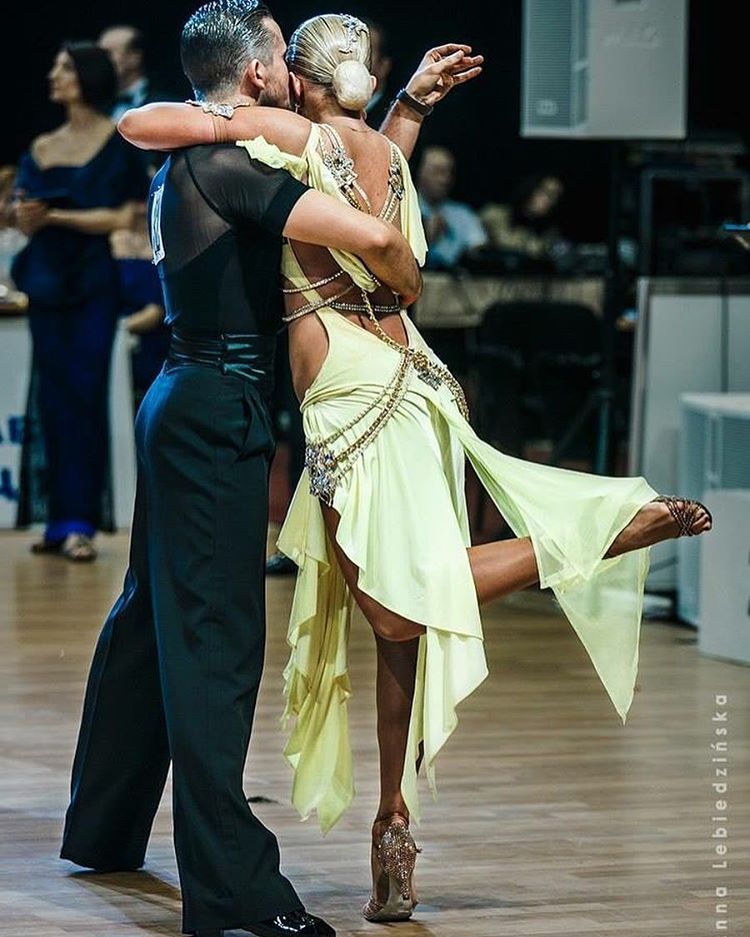
The dance industry is now very broad and is represented by many dance styles. Some of them can even be called homophobic. Dances reflect the general attitude to the world and it is different depending on the life position and worldview of a person.
In many dances there is contact between the dancers. In Russia, dance contact between men has always been perceived very intensely. In most other countries it is different. An example of the fact that this tension is associated only with the dance theme and does not apply to other areas is, for example, wrestling. When practicing techniques, men are in much closer contact with each other. Sometimes lying on the floor and holding each other tightly. The historical roots of Greco-Roman wrestling are also ambiguous from a sexual point of view. But in our country, unlike dance, they are perceived as acceptable and brutal.
Dance, like the culture of speech, makes a modern person more successful and self-confident.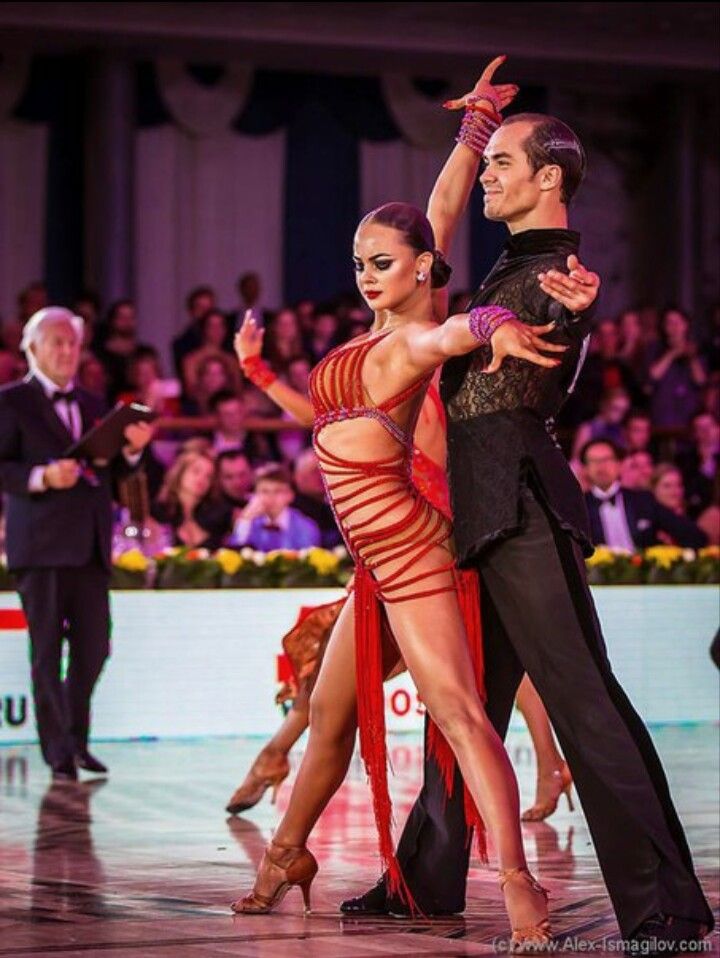 The ability to control one's body, tune in to another person and the ability to be aesthetic in the plasticity of movement is valuable in the modern world. If we add here the pleasure of the process and the availability of dance as such, then the possibilities of this activity can hardly be overestimated.
The ability to control one's body, tune in to another person and the ability to be aesthetic in the plasticity of movement is valuable in the modern world. If we add here the pleasure of the process and the availability of dance as such, then the possibilities of this activity can hardly be overestimated.
It's sad when interested people are stopped by prejudices and myths that have nothing to do with dancing. Freedom in body movements begins with freedom of thought and willingness to change.
I hope that this review will help to take a different look at the dance culture for those who still have doubts about whether to start dancing.
Share on social networks:
Modern dance to modern music
How dancing can become an addiction
The fear and magic of tango
Dangerous sexuality
How dancing on video differs from dancing in movies
The self-destruction of the pair dance community
The Salsa series as a mirror of the community
Destroying the myths about leading pair dance
Does dancing make us better?
12 life hacks to quickly learn how to dance
The seven deadly sins of teachers
Why we will never dance bachata like the Dominicans
Why tango?
Debate over musicality
Selection of dances according to alcohol preferences
Where to find inspiration for dancing?
Terrible tango nuevo
Distribution of roles in a salsa party
Argentinean tango through the eyes of a salsa dancer
Is there a predisposition to dancing?
Which is more effective: individual or group lessons?
Sexual overtones in pair dances
Formation of performance skills among students-choreographers in the process of teaching ballroom dancing0001
Formation
of performing skills for students-choreographers in the process of teaching sports ballroom dancing
Taras Andreevich Skuratov,
Graduate student of the Department of Pedagogy and Psychology
Faculty of State Cultural Policy
Moscow Culture, Moscow, Russia
e-mail: s.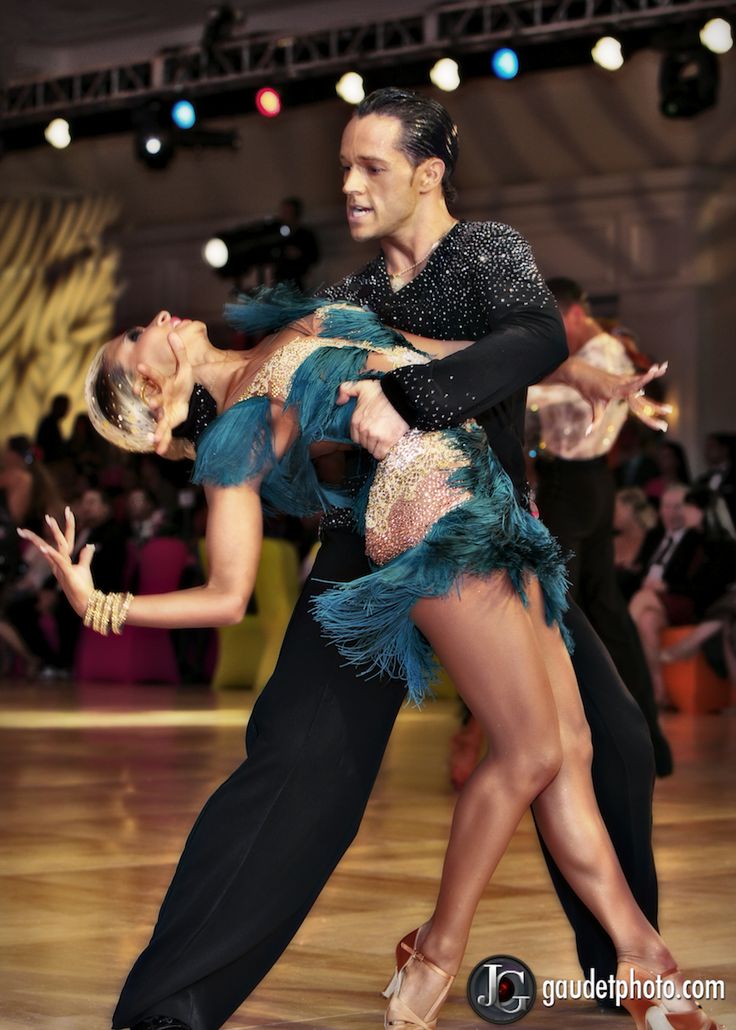 [email protected]
[email protected]
The article deals with performance skills from the standpoint of educational discipline and professional competence of students-choreographers studying sports ballroom dancing. A brief description of the sports ballroom dance as a choreographic system is given. A brief analysis of the technique of sports ballroom dancing, its criteria and the essence of performing skills is made. Some examples of the analysis of a dance figure as a system of bodily-motor exercises are considered.
Key words: sports ballroom dancing, choreography, biomechanics, bodily-motor exercise, performance skills, choreography pedagogy.
FORMATION OF PERFORMANCE SKILLS
OF THE STUDENTS CHOREOGRAPHERS IN THE PROCESS
OF LEARNING BALLROOM DANCING
T. A. Skuratov, doctoral student of the Department of Pedagogy and Psychology, Faculty of State Cultural Policy, Moscow, Moscow State Institute of Culture Russia
e-mail: [email protected]
This article discusses performance skills with positions of educational discipline and from the standpoint of professional competence of students of the choreographers, learning ballroom dancing.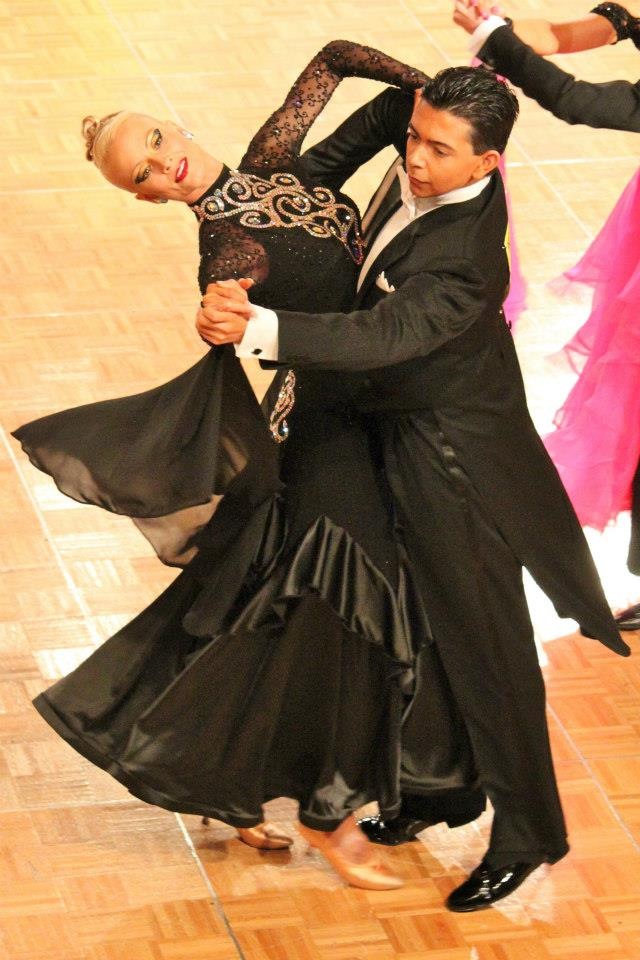 The brief characteristic of ballroom dance as a choreographic system. Made a brief analysis of the techniques of sports ball dance, its criteria and the essence of mastery. Several examples of the analysis of dance figures as a system of body-movement exercises.
The brief characteristic of ballroom dance as a choreographic system. Made a brief analysis of the techniques of sports ball dance, its criteria and the essence of mastery. Several examples of the analysis of dance figures as a system of body-movement exercises.
Key words: ballroom dancing, choreography, biomechanics, body movement exercise, performance skills, pedagogy of the choreography.
It is known that a university graduate acquires a new social status and a world full of such categories as “competition”, “demand”, “developing labor market” opens before him, allowing him to choose the path for further professional development and career growth
. At the same time, there are also cases when specialists cannot realize themselves. This is explained, in our opinion, by two circumstances - either the demand for highly qualified specialists in this field is low, which is practically impossible in the conditions of the rapid development of society, or the specialist himself has an insufficient level of motivation and a desire for development, new discoveries, and changes.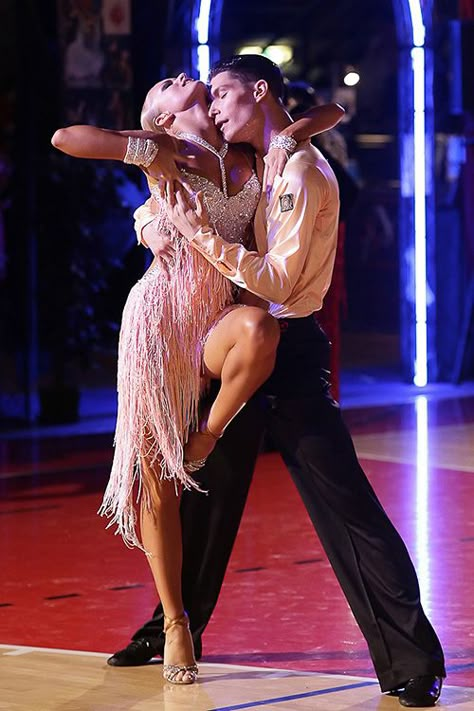 Thus, it can be assumed that simply being a “specialist with a diploma” is no longer enough. There is a need to train "masters" - specialists with a high level of scientific and theoretical knowledge, skills, highly competent. What is the etymology of the concepts "master", "skill"?
Thus, it can be assumed that simply being a “specialist with a diploma” is no longer enough. There is a need to train "masters" - specialists with a high level of scientific and theoretical knowledge, skills, highly competent. What is the etymology of the concepts "master", "skill"?
So, in the Explanatory Dictionary of the Russian Language by S. I. Ozhegov, “mastery” is interpreted as “skill, mastery of a profession, work skills”, and also as “high art in some area [6]”. According to the dictionary of D. N. Ushakov, this interpretation is supplemented by “an exceptional skill, the ability to perform certain types of work or crafts with high quality [7]”.
Undoubtedly, in the modern view, this term has become much broader, and with the advent of the concept of "competence" is inextricably linked with certain knowledge, skills and abilities. One cannot but agree that many students after graduation correspond to certain competencies, according to the educational standard and the general educational program. But not all of them are masters, in the deepest sense of the word. Revealing our attitude to the concept under consideration, we will clarify that the category “master” implies high competence, that is, super knowledge, super skills and abilities. But in order to achieve this title, it is necessary to have not only a certain amount of knowledge, but also be able to apply it, have a clear idea of their structure, a clear individual position on certain concepts, and most importantly, develop a constant need, motivation for the continuous development of one’s professional and personal level. It is such a specialist, as we believe, that has every reason to be called a "master of his craft."
But not all of them are masters, in the deepest sense of the word. Revealing our attitude to the concept under consideration, we will clarify that the category “master” implies high competence, that is, super knowledge, super skills and abilities. But in order to achieve this title, it is necessary to have not only a certain amount of knowledge, but also be able to apply it, have a clear idea of their structure, a clear individual position on certain concepts, and most importantly, develop a constant need, motivation for the continuous development of one’s professional and personal level. It is such a specialist, as we believe, that has every reason to be called a "master of his craft."
Before assessing the performance skills in choreography, namely in sports ballroom dancing, we consider it appropriate to designate the model of "mastery" from the standpoint of its general scientific and practical significance.
Thus, the category of "pedagogical excellence" refers to a set of personality traits that ensure a high level of organization of professional activity. Such important properties include: the humanistic orientation of the teacher's activity, his professional knowledge, pedagogical abilities and pedagogical
Such important properties include: the humanistic orientation of the teacher's activity, his professional knowledge, pedagogical abilities and pedagogical
appliances. At the same time, this system is self-organizing in the structure of the personality, where the humanistic orientation acts as a system-forming factor, which allows building the pedagogical process. A. S. Makarenko emphasized the need for a teacher to master the technique of pedagogical skill, the technique of pedagogical communication: “You need to be able to read on a human face. There is nothing cunning, nothing mystical in recognizing certain signs of mental movements by the face. Pedagogical skill consists in setting the teacher's voice and in controlling one's face. The teacher can not play. There can't be a teacher who doesn't know how to play [3]." We see that the internal qualities of the individual have an impact on the pedagogical process of learning itself. But it is in synthesis with a high level of professional competence of the teacher, the ability to use various teaching methods, techniques and approaches that the process of teaching and educating a student as a person will be unique, individual, and creative.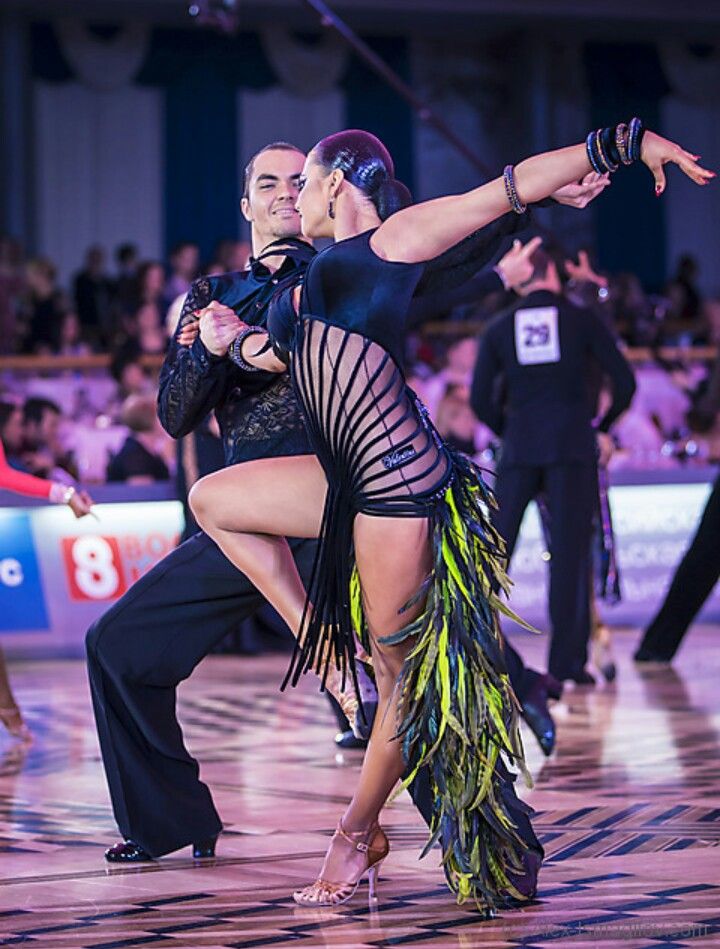 Important, in our opinion, are the teacher's own achievements in the discipline he teaches, especially in the field of choreography. Since dance is a plastic art form, any information must pass through the body of the dancer, like water through a filter. This is what will allow you to feel the purposefulness and significance of a particular technique, movement, action. It follows that the higher the practical experience, the higher the probability of a high-quality presentation of information by the teacher.
Important, in our opinion, are the teacher's own achievements in the discipline he teaches, especially in the field of choreography. Since dance is a plastic art form, any information must pass through the body of the dancer, like water through a filter. This is what will allow you to feel the purposefulness and significance of a particular technique, movement, action. It follows that the higher the practical experience, the higher the probability of a high-quality presentation of information by the teacher.
It should be noted that choreographic art has passed a long way of historical changes in its appearance. From the ritual movements of primitive people to dance shows with the use of modern entertainment technologies, a huge temporary bridge has been erected - dance evolution. We owe the emergence of new dance styles and directions to the pioneering fathers, as well as to enthusiasts and fanatics of the most striking type of plastic art today - choreography. But what contributed to the cardinal understanding of the need to introduce new concepts, terms, techniques, methods of teaching and learning? Undoubtedly, the rapidly developing "new" trends in art supplanted or influenced the traditional "old" ones.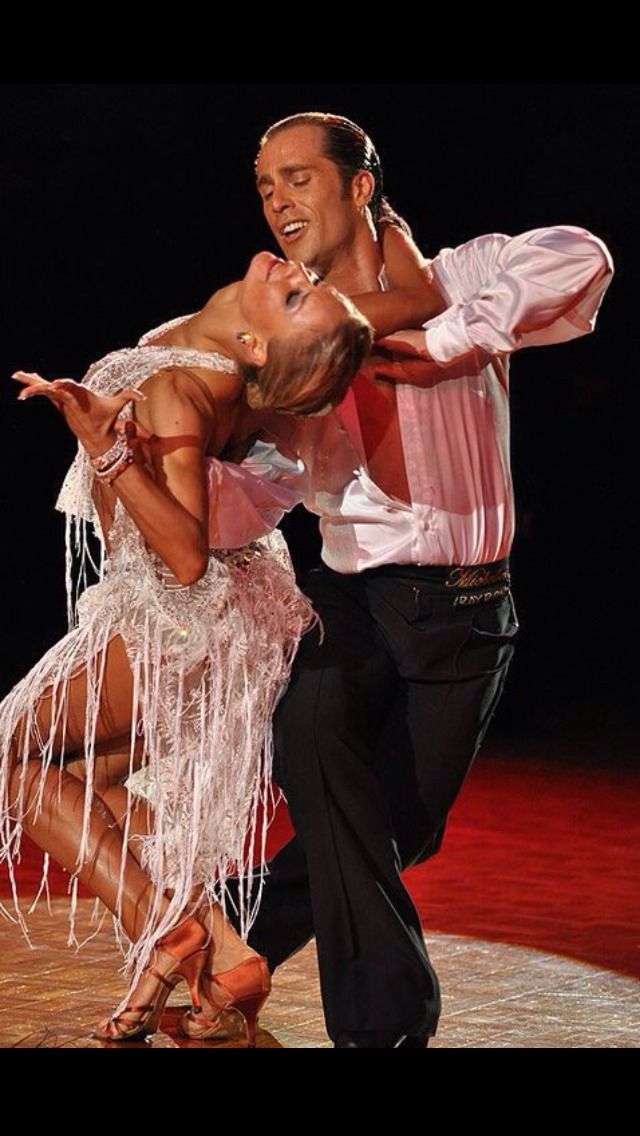 So, to improve this or that direction, this or that technique, bright, distinctive, stable features were needed, and therefore, their own terms, concepts, methods and categories. Let's turn to sports ballroom dancing.
So, to improve this or that direction, this or that technique, bright, distinctive, stable features were needed, and therefore, their own terms, concepts, methods and categories. Let's turn to sports ballroom dancing.
Ballroom dancing has a very ambiguous and contradictory position in choreographic art. Firstly, many cannot compare art and the prefix "sports", and secondly, not all specialists perceive sports ballroom dancing as an independent choreographic system, with its own school of performing skills and artistic idea, considering it to be everyday (social) phenomenon. It can be said with confidence that the sports component of ballroom dancing today contributes to the constant development and modernization of the technique of sports ballroom dancing, as well as the motor abilities and performing skills of dancers.
At its core, ballroom dancing is a duet (pair) type of dance. Of course, there is a multi-duet (8 pairs) form - for-mation, but the main unit is still a pair and its performing level.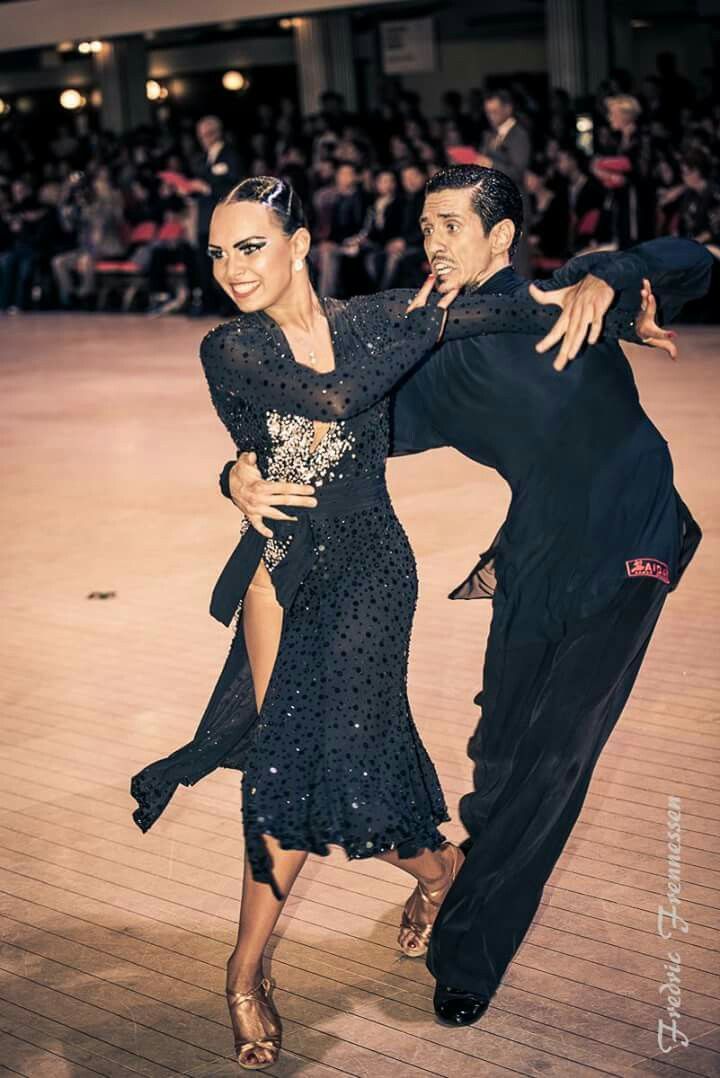 A partner and a partner, their skills and performing skills in synthesis with pair interaction create the final product - a sports ballroom couple. Let's try to determine how the process of physical education and performance training in sports ballroom dancing should look like.
A partner and a partner, their skills and performing skills in synthesis with pair interaction create the final product - a sports ballroom couple. Let's try to determine how the process of physical education and performance training in sports ballroom dancing should look like.
The process of teaching sports ballroom dancing on the subject "Performing skills" at the university is inextricably linked with the training (sports) component. But before understanding what we should develop in students, how to shape the personality of a choreographer as a whole, it is necessary to get acquainted with the goals and objectives of the choreographic discipline, in accordance with the guidelines and requirements of both the "Law on Education in the Russian Federation" and the Federal State Educational Standard. So, in the PEP in the specialty "Guidance of an amateur choreographic group (sports ballroom dance)", when studying the discipline "Performing skills", the following tasks are specified:
• students' mastery of knowledge and skills in the technique, style and manner of ballroom dancing;
• development of students' creative thinking and potential of leaders of amateur groups through the development of the best samples, methods and techniques of various areas of ballroom dance;
• formation of professional skills and abilities in the development of stylistic features, lexical material and performance skills in ballroom dancing.
Moreover, it is in the work program and in the BEP itself that the specific professional competencies that this discipline forms in students are determined. In our case, this is the ability to manage the artistic and creative activities of the team, taking into account the characteristics of its composition, local ethno-cultural traditions and socio-cultural environment. So, the level of performing skills of the dancers can be attributed to the features of the composition of the team. The higher this level, the more professional, competitive and attractive the team as a whole.
Sports ballroom dance contains several fundamental criteria for evaluating a performer - musicality, purity of performance (technique), form and lines, dynamics, image. It is these criteria, and it is in this sequence, in our opinion, that we can single out as the main ones. Musicality is the ability to perceive music, its rhythm, timing and strong beats. Indeed, each dance of any program has distinctive musical features and character, which are manifested in dance figures.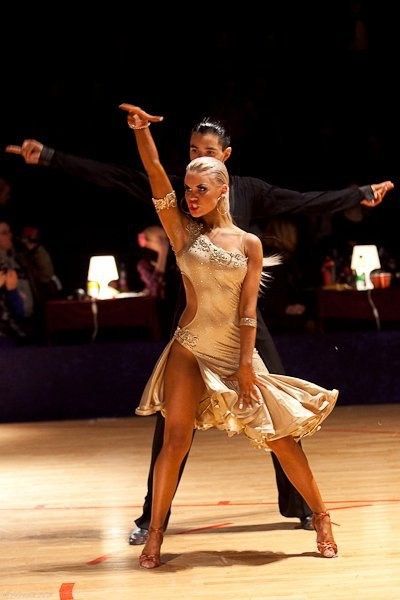 Technique in sports ballroom dancing is called the internal work of the body, the work of its individual parts, both individually and in synthesis. This criterion is closely related to all other criteria. The form and lines determine the appearance and aesthetic component in a particular dance and largely depend on the technical skills of the performer. Each dance element requires a certain setting of the body (shape), positions of the legs and arms (lines). Dynamics in dance can be called the amount of space occupied (displacement) and the saturation of movement (volume) in the choreographic space. It should be noted that the form and lines, their quality affect the level of dynamics of the performer. The image in ballroom dancing can be compared with acting. Since each movement does not have an artistic meaning, and emotions come from the performance and the general nature of the dance, we understand naturalness and sincerity by image. Smile, surprise, joy, anger - these are all natural emotional states that are expressed by the facial means of our body.
Technique in sports ballroom dancing is called the internal work of the body, the work of its individual parts, both individually and in synthesis. This criterion is closely related to all other criteria. The form and lines determine the appearance and aesthetic component in a particular dance and largely depend on the technical skills of the performer. Each dance element requires a certain setting of the body (shape), positions of the legs and arms (lines). Dynamics in dance can be called the amount of space occupied (displacement) and the saturation of movement (volume) in the choreographic space. It should be noted that the form and lines, their quality affect the level of dynamics of the performer. The image in ballroom dancing can be compared with acting. Since each movement does not have an artistic meaning, and emotions come from the performance and the general nature of the dance, we understand naturalness and sincerity by image. Smile, surprise, joy, anger - these are all natural emotional states that are expressed by the facial means of our body.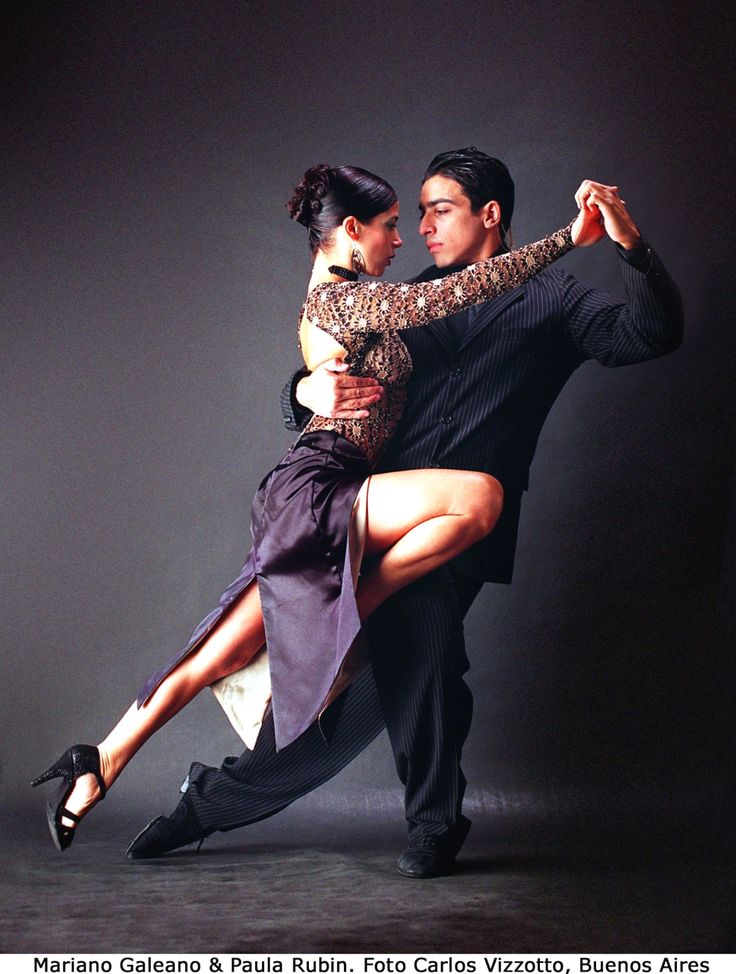 Musicality and image in a dance composition is a manifestation of the individuality of both the performer and the choreographer. It is the diversity of musical combinations and the multitude of options for connecting figures that distinguishes one duet from another. But a sports ballroom dance is a stage type of choreographic art, therefore the naturalness of our emotions through the prism of stage acting laws creates the final image, an emotional state in a sports ballroom dance. All of the above criteria, namely, work on the high quality of their implementation, underlie the discipline "Performance" in sports ballroom dancing. Let's consider some examples of developing technical skills and developing motor abilities.
Musicality and image in a dance composition is a manifestation of the individuality of both the performer and the choreographer. It is the diversity of musical combinations and the multitude of options for connecting figures that distinguishes one duet from another. But a sports ballroom dance is a stage type of choreographic art, therefore the naturalness of our emotions through the prism of stage acting laws creates the final image, an emotional state in a sports ballroom dance. All of the above criteria, namely, work on the high quality of their implementation, underlie the discipline "Performance" in sports ballroom dancing. Let's consider some examples of developing technical skills and developing motor abilities.
So, speaking about musicality, it is necessary to understand that in sports ballroom dancing this criterion begins to work, to be included in the process of forming the personality of the choreographer as soon as the student takes his first steps, that is, from childhood.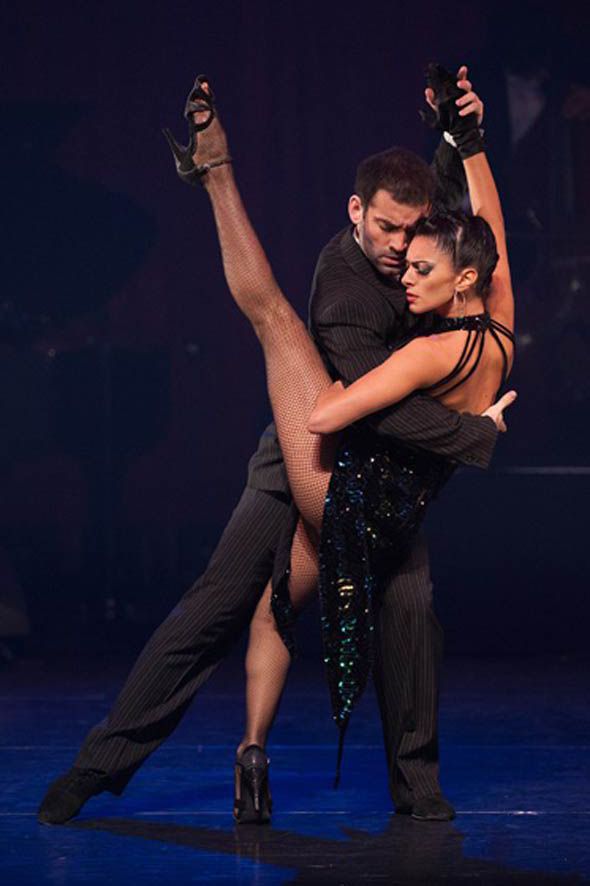 But this does not prevent the use of methods for the development of musicality in the pedagogy of higher education. This criterion is based on a clear reproduction of the strong and weak beats of the music of a particular dance. One of the easiest ways to learn
But this does not prevent the use of methods for the development of musicality in the pedagogy of higher education. This criterion is based on a clear reproduction of the strong and weak beats of the music of a particular dance. One of the easiest ways to learn
to recognize strong beats is repetition, reproduction, copying of actions, movements of the teacher. For example, the teacher begins to tap these strong beats with his palms to the music, while the student, trying to catch the tempo of the music, first repeats after the teacher. After some time, the teacher stops playing the beats. Therefore, if the student caught the tempo-rhythm correctly, his beats will be correct and will coincide with what was reproduced together with the teacher. In psychology, this process is called "mnemonics" (sometimes mnemonics), that is, a set of artificial techniques that contribute to memorization. The process itself refers to arbitrary memorization and is a special action, the specific task of which is to remember accurately, for the longest possible time, with the aim of subsequent reproduction.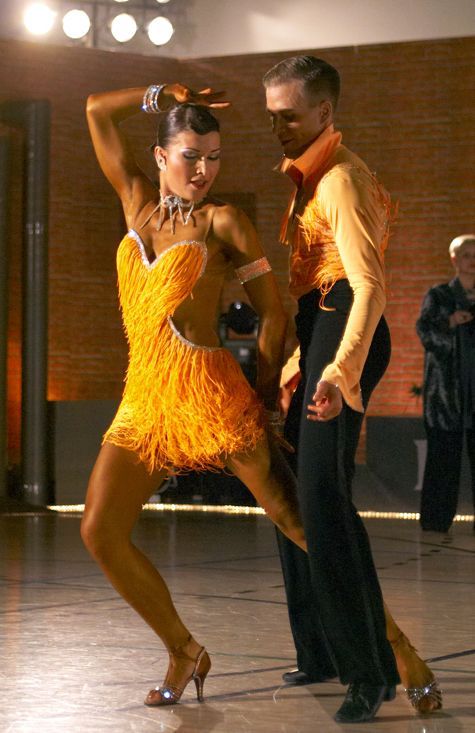 The information coming from the sense organs is processed by sensory memory, which ensures that this information is retained for a very short time. It is necessary to memorize the material in such a way that it remains in memory for a long time, and even better - forever. To do this, it must be transferred to long-term memory. To transfer the traces of an event into long-term memory, a longer repetition is required. This time is called the consolidation period. In accordance with the type of stimulus, sensory memory can be iconic (associated with vision), echoic (associated with hearing) [8]. But at the same time, we must constantly convince our students that the more actively, more meaningfully they present this or that dance action, the more effective the practical refraction of these actions will be.
The information coming from the sense organs is processed by sensory memory, which ensures that this information is retained for a very short time. It is necessary to memorize the material in such a way that it remains in memory for a long time, and even better - forever. To do this, it must be transferred to long-term memory. To transfer the traces of an event into long-term memory, a longer repetition is required. This time is called the consolidation period. In accordance with the type of stimulus, sensory memory can be iconic (associated with vision), echoic (associated with hearing) [8]. But at the same time, we must constantly convince our students that the more actively, more meaningfully they present this or that dance action, the more effective the practical refraction of these actions will be.
So, we have demonstrated simple examples of how future choreographers develop musicality in general and the formation of performing competencies in particular. At the same time, as we are convinced, it is advisable to appeal to the fact that musicality, in a broad sense, depends on the technical skills of the performer.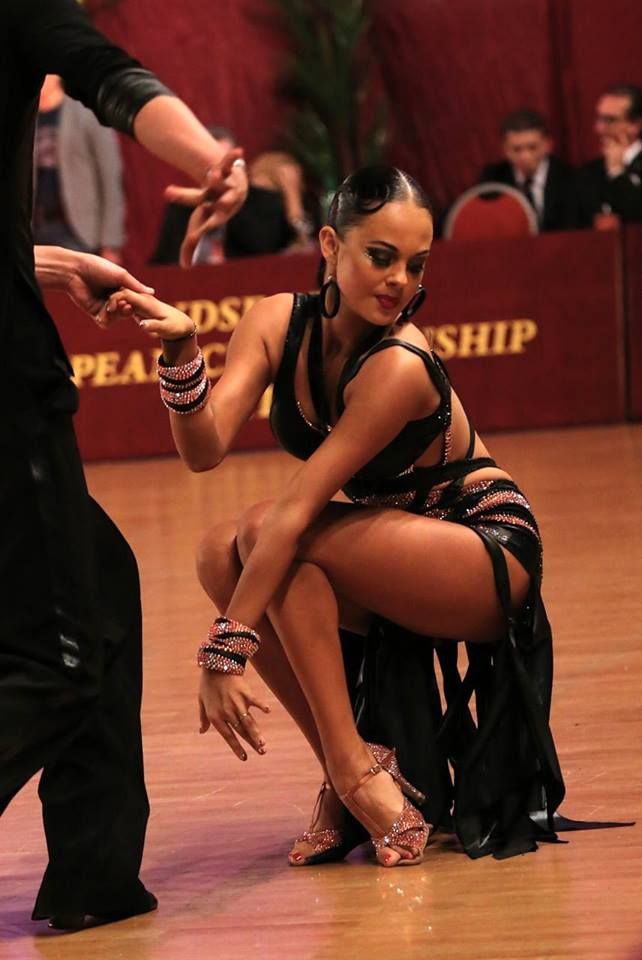 Speaking about the image in sports ballroom dancing, which is based on the acting skills of the performer, it must be remembered that sports ballroom dance, in its purest form, does not contain images of theatrical heroes. In ballroom dancing, we deal only with a partner and a partner. The partner must be "masculine", the partner - "feminine". But in the dance, the partner and the partner are constantly interacting, so the image is inextricably linked with the idea of the teacher-director. It is he who puts imagery into the choreography of the dancers. Nevertheless, the ability to be aware of the movements within the dance, as well as to saturate them with energy, needs to be trained.
Speaking about the image in sports ballroom dancing, which is based on the acting skills of the performer, it must be remembered that sports ballroom dance, in its purest form, does not contain images of theatrical heroes. In ballroom dancing, we deal only with a partner and a partner. The partner must be "masculine", the partner - "feminine". But in the dance, the partner and the partner are constantly interacting, so the image is inextricably linked with the idea of the teacher-director. It is he who puts imagery into the choreography of the dancers. Nevertheless, the ability to be aware of the movements within the dance, as well as to saturate them with energy, needs to be trained.
The plastic heritage of Étienne Decroux, a French actor who is considered the founder of modern pantomime, is closely related to performing arts. He is the creator of the original
system of plastic education of an actor, known as the mime pur school, that is, “only pantomime”, or “pure pantomime”.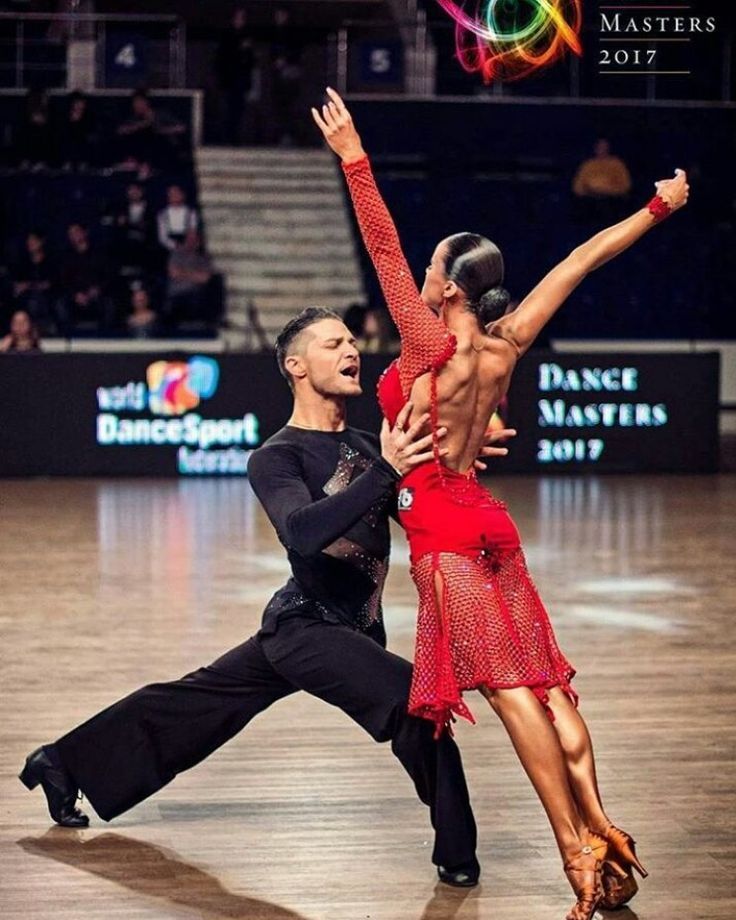 The famous exercises “I am a flower”, “I am a bird” and others were reduced not to showing an object, but to identifying a person and an object. Man became a flower, a bird, any object of the world. Identification was comprehended as a means of knowing the world through oneself [4]. In practice, we can reverse this exercise using ballroom dance figures. For example, the performer puts a certain energy message or image into the “fan” figure. In this case, with the subsequent repetition of the figure, the image must be changed. The main thing is that the emotions and energy that a figure or action is saturated with should not be feigned, “unnatural”. They must be based on awareness. As a result, the performer seems to merge with the movement, and the movement is saturated with the energy of the dancer. And yet - the main goal of the student is the error-free execution of the algorithm of any exercise to achieve a high level of mastery. Since ballroom dancing is a pair dance, sensory function plays a big role.
The famous exercises “I am a flower”, “I am a bird” and others were reduced not to showing an object, but to identifying a person and an object. Man became a flower, a bird, any object of the world. Identification was comprehended as a means of knowing the world through oneself [4]. In practice, we can reverse this exercise using ballroom dance figures. For example, the performer puts a certain energy message or image into the “fan” figure. In this case, with the subsequent repetition of the figure, the image must be changed. The main thing is that the emotions and energy that a figure or action is saturated with should not be feigned, “unnatural”. They must be based on awareness. As a result, the performer seems to merge with the movement, and the movement is saturated with the energy of the dancer. And yet - the main goal of the student is the error-free execution of the algorithm of any exercise to achieve a high level of mastery. Since ballroom dancing is a pair dance, sensory function plays a big role. Its essence lies in the urgent assessment and subsequent correction of actions. It follows from this that it is necessary to develop quality by quantitatively repeating elements at a slow pace (1/2, 1/4 pace). This method is very effective and promotes the development of muscle memory, which leads to the execution of elements "on the machine" and with a high level of performance quality. The use of a biomechanical approach in the process of teaching performing skills allows you to analyze movement, understand the main role of certain muscles involved in movement, develop motor qualities that are necessary to achieve a high level of professional competence in sports ballroom dancing.
Its essence lies in the urgent assessment and subsequent correction of actions. It follows from this that it is necessary to develop quality by quantitatively repeating elements at a slow pace (1/2, 1/4 pace). This method is very effective and promotes the development of muscle memory, which leads to the execution of elements "on the machine" and with a high level of performance quality. The use of a biomechanical approach in the process of teaching performing skills allows you to analyze movement, understand the main role of certain muscles involved in movement, develop motor qualities that are necessary to achieve a high level of professional competence in sports ballroom dancing.
There are various teaching methods and techniques that help the teacher-choreographer to develop certain abilities of the student-performer, to form his performing competencies. Of course, we understand that there are general didactic teaching methods, such as verbal, visual and practical. But the subject "Performing skills" is unique, unique in its goals, objectives, content, didactic, educational and developmental tasks, in terms of types, forms and means of education.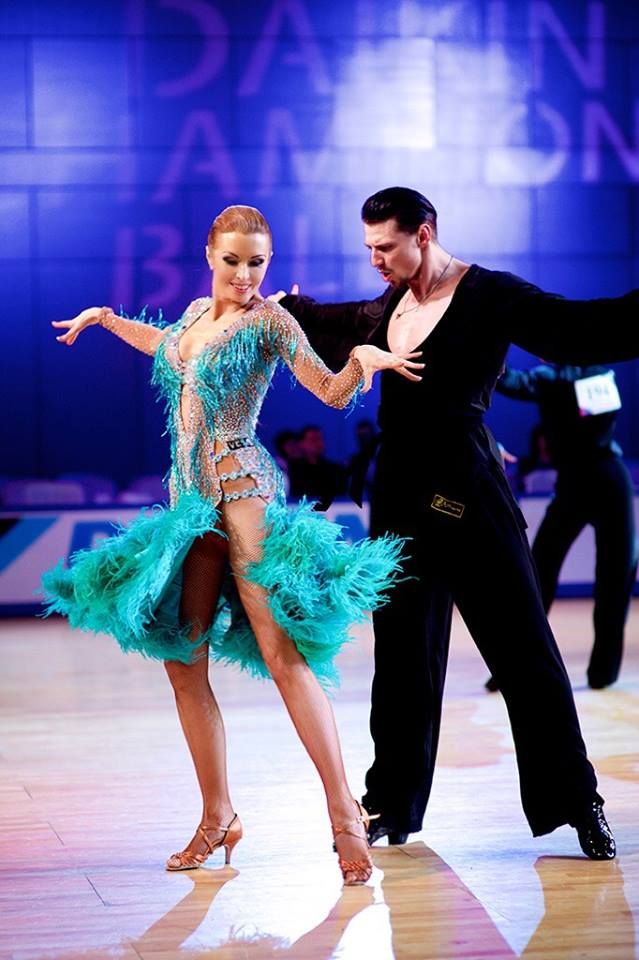 We also emphasize uniqueness in teaching methods. When studying these methods, it is necessary to pay attention to the methodological circumstance that any teaching method in the hands of a certain teacher acquires the specifics of his personality, qualities, and abilities. In other words, as many teachers as there are so many approaches to working out this or that technique, method, means. One thing is common - all actions performed by the performer,
We also emphasize uniqueness in teaching methods. When studying these methods, it is necessary to pay attention to the methodological circumstance that any teaching method in the hands of a certain teacher acquires the specifics of his personality, qualities, and abilities. In other words, as many teachers as there are so many approaches to working out this or that technique, method, means. One thing is common - all actions performed by the performer,
must help and promote competent, comfortable movement (dancing) with the rational use of physical strength and energy.
So, we tried to analyze the very category of "performing skills", which contains many components. They are the basis, the foundation for the formation of student-choreographers of performing skills as a professional competence that characterizes the future specialist in the field of choreography, which will allow him to compete both among performers and in teaching.
Literature
1. Vsevolodsky-Gerngross VN Theater in Russia under Empress Elisaveta Petrovna / comp.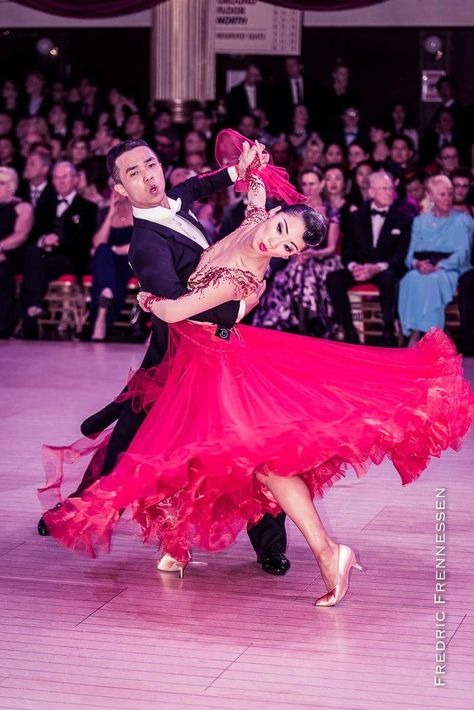 , prepared. text, afterword by V. A. Kharlamova. - St. Petersburg: Hyperion, 2003. - 336 p.
, prepared. text, afterword by V. A. Kharlamova. - St. Petersburg: Hyperion, 2003. - 336 p.
2. Koshelev SN Biomechanics of sports dance. Lectures. - Moscow, 2006.
3. Lygin S. A., Denisova K. S. Labor education in the pedagogical system of A. S. Makarenko // Personality, family and society: questions of pedagogy and psychology: collection of articles based on materials of the XLII International Scientific -practical conference No. 7 (42). - Novosibirsk: Ed. "SibAK", 2014. - S. 46-50.
4. Navislavskaya EE Acting skills and plastic expressiveness in choreography // Proceedings of the St. Petersburg State University of Culture and Arts. V. 200. Pedagogy of higher education: interactive technologies in education and culture / Ministry of Culture of the Russian Federation, St. Petersburg State University of Culture and Arts; under total ed. A. A. Smirnova; ed.-st. M. E. Vilchinskaya-Butenko. - St. Petersburg: SPbGUKI, 2013. - S. 104-111.
5. Noverre J.-J. Letters about dance / trans.